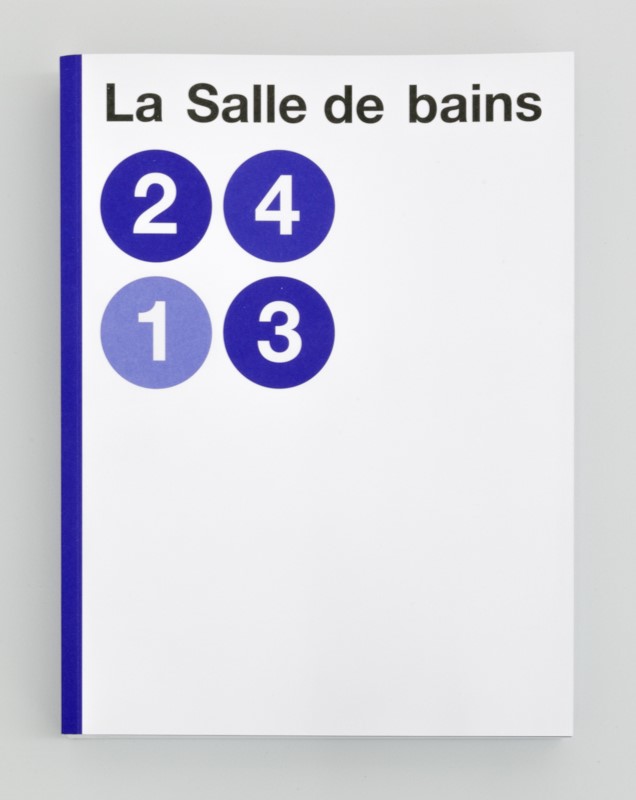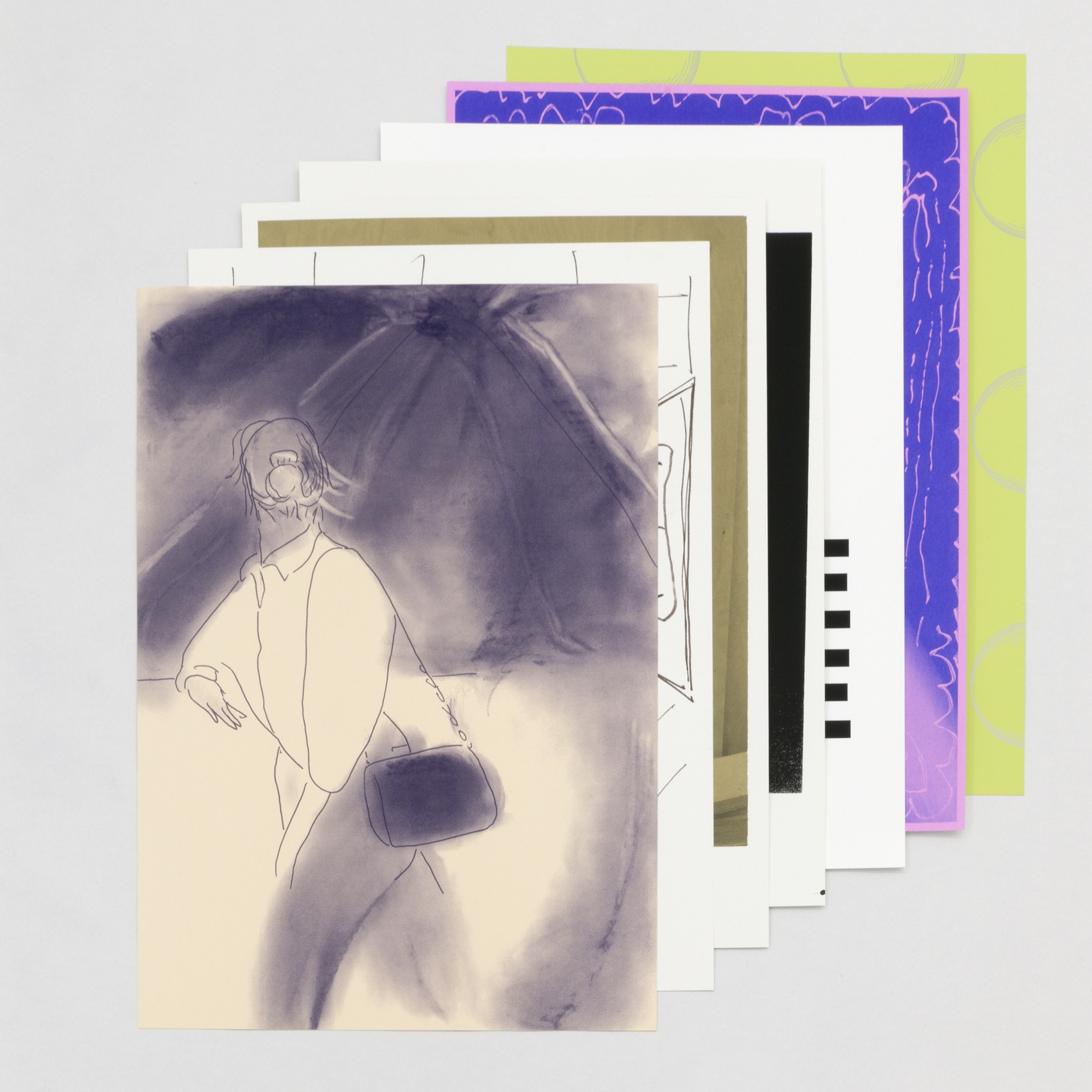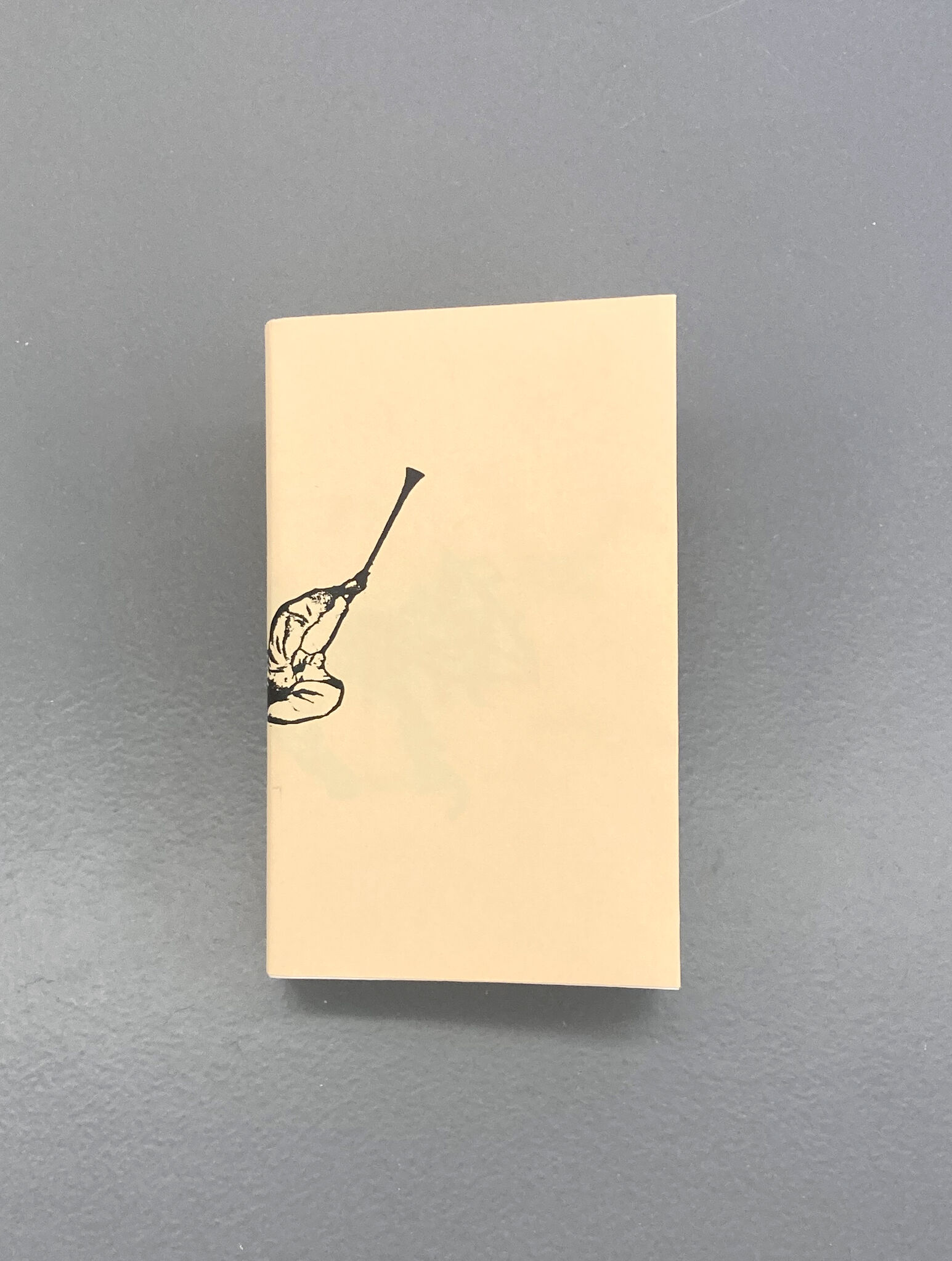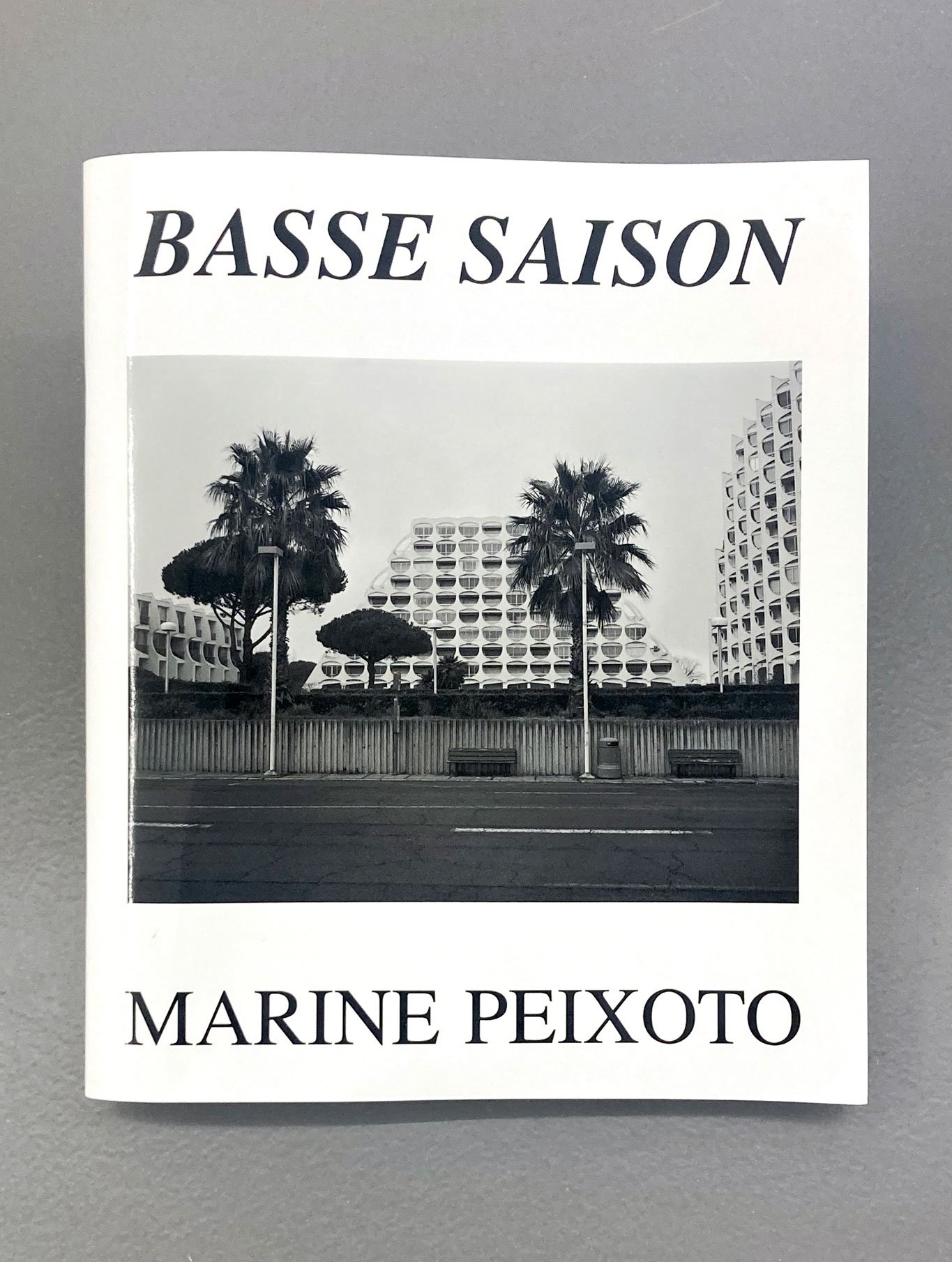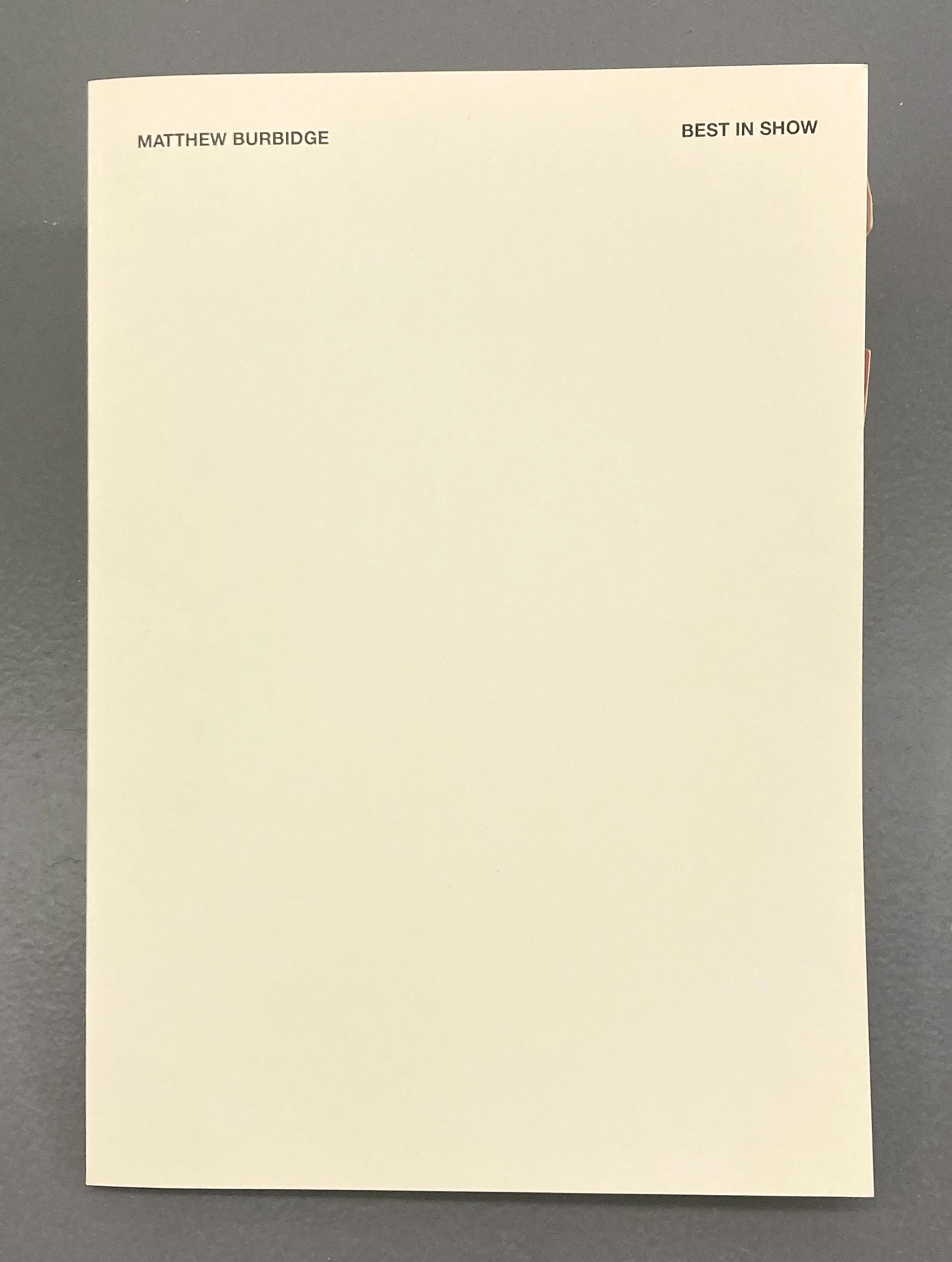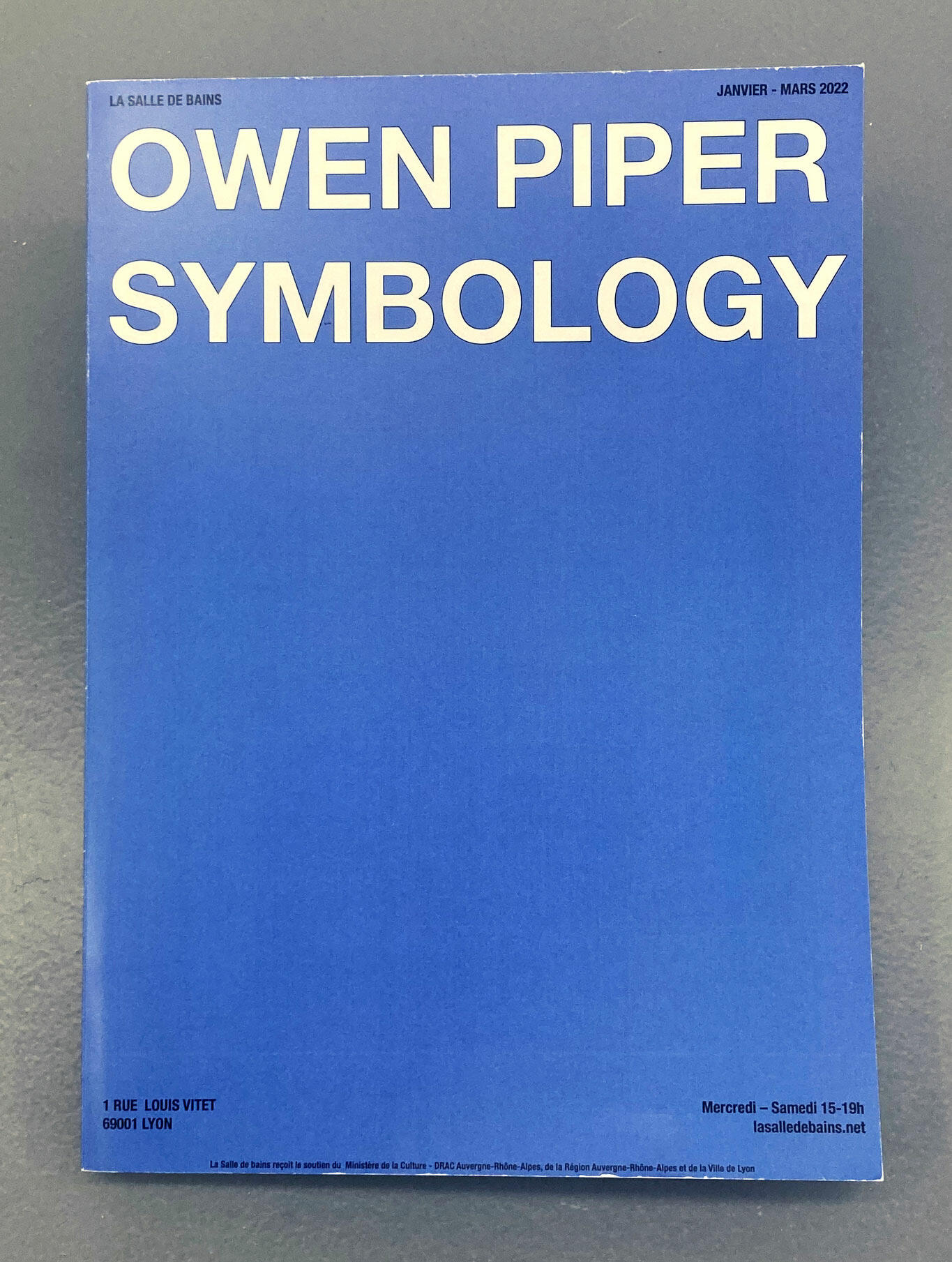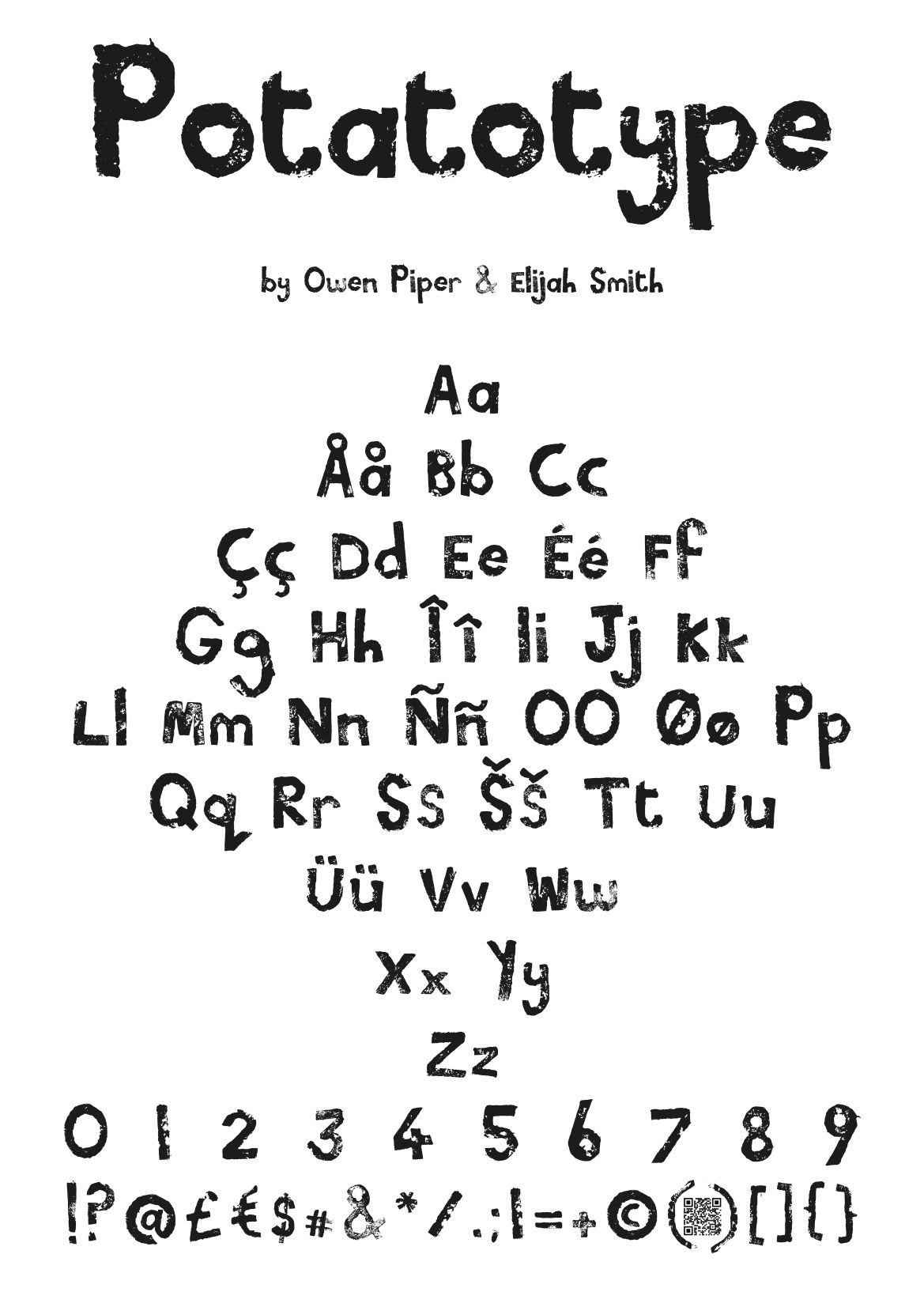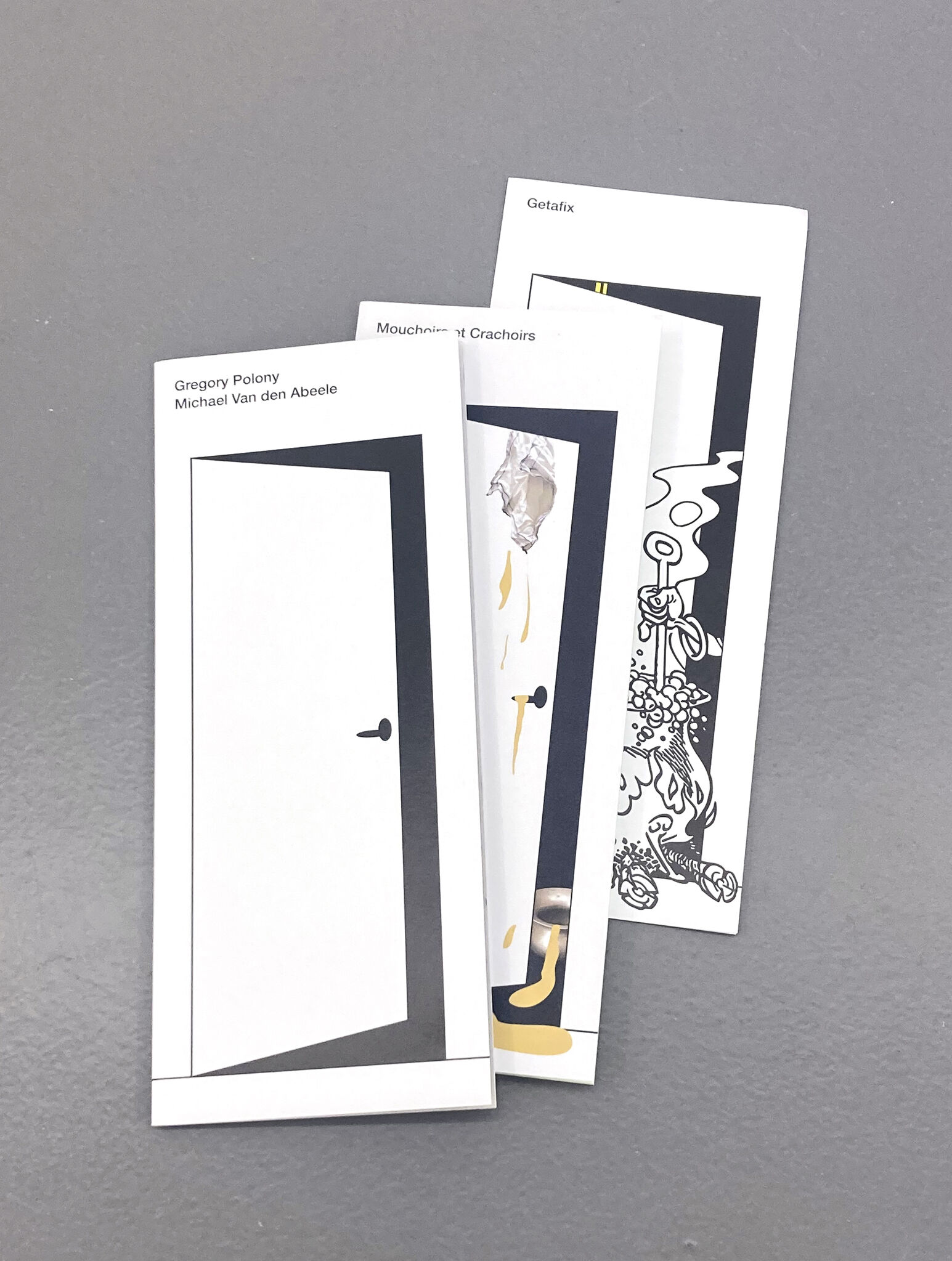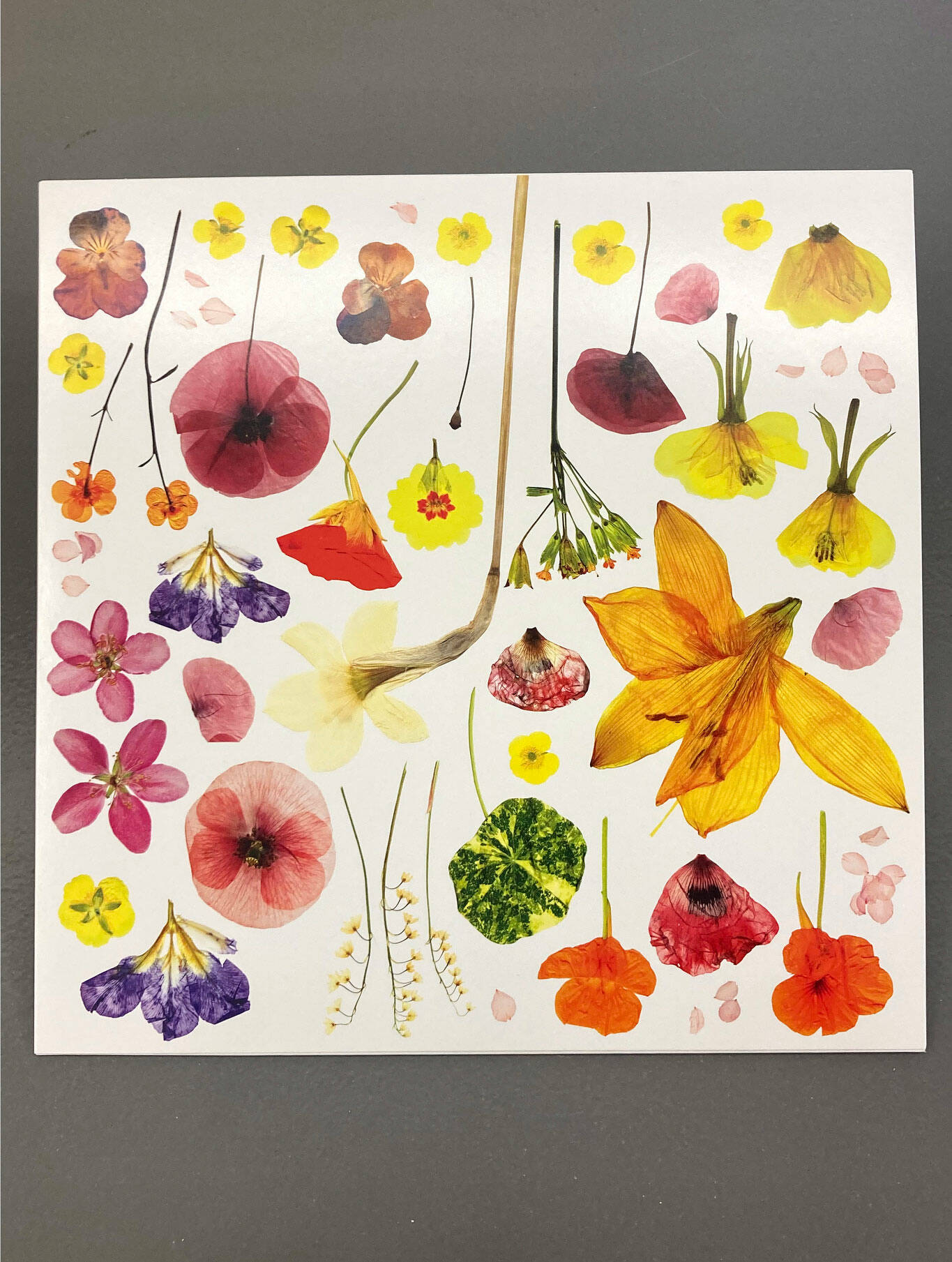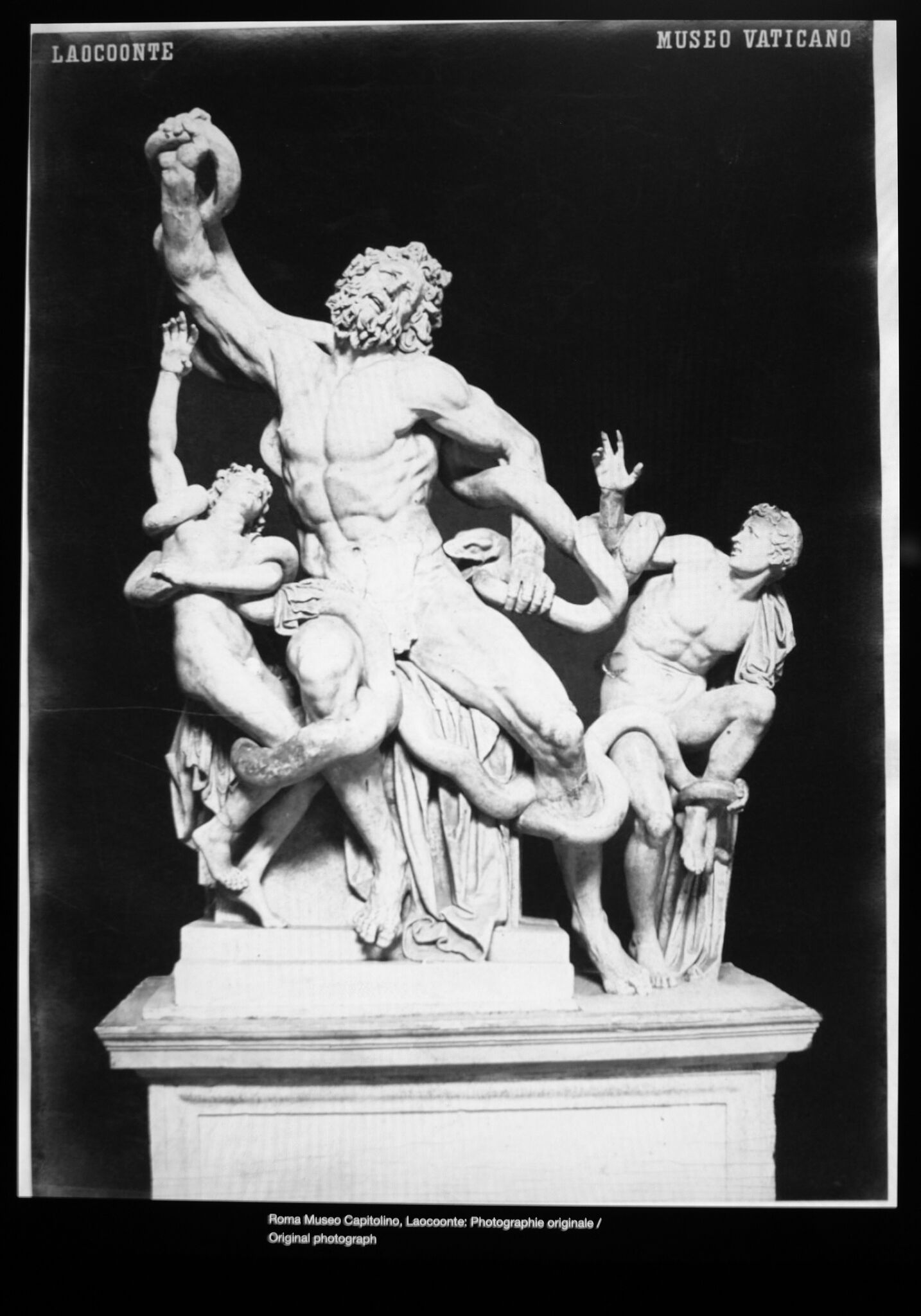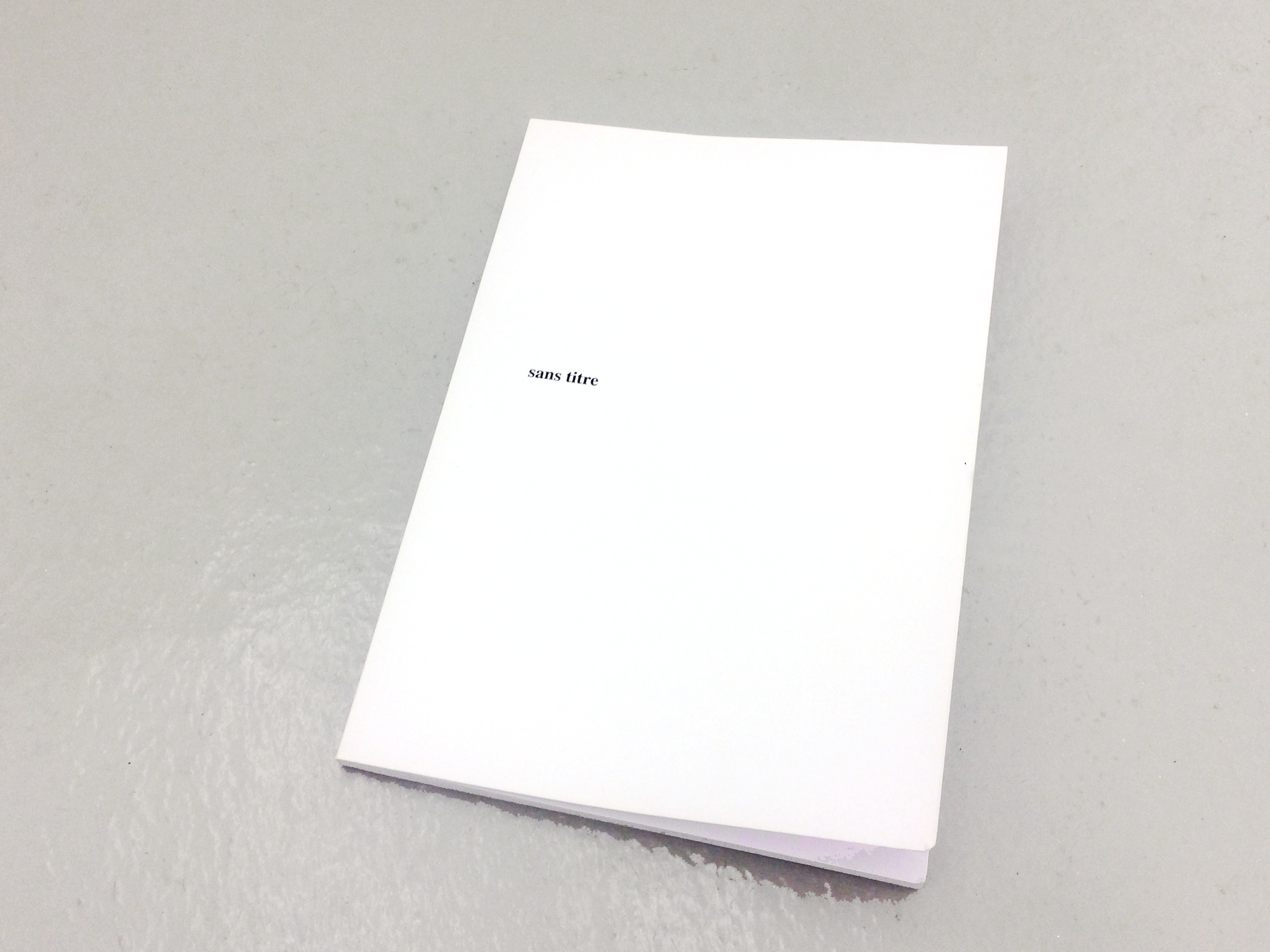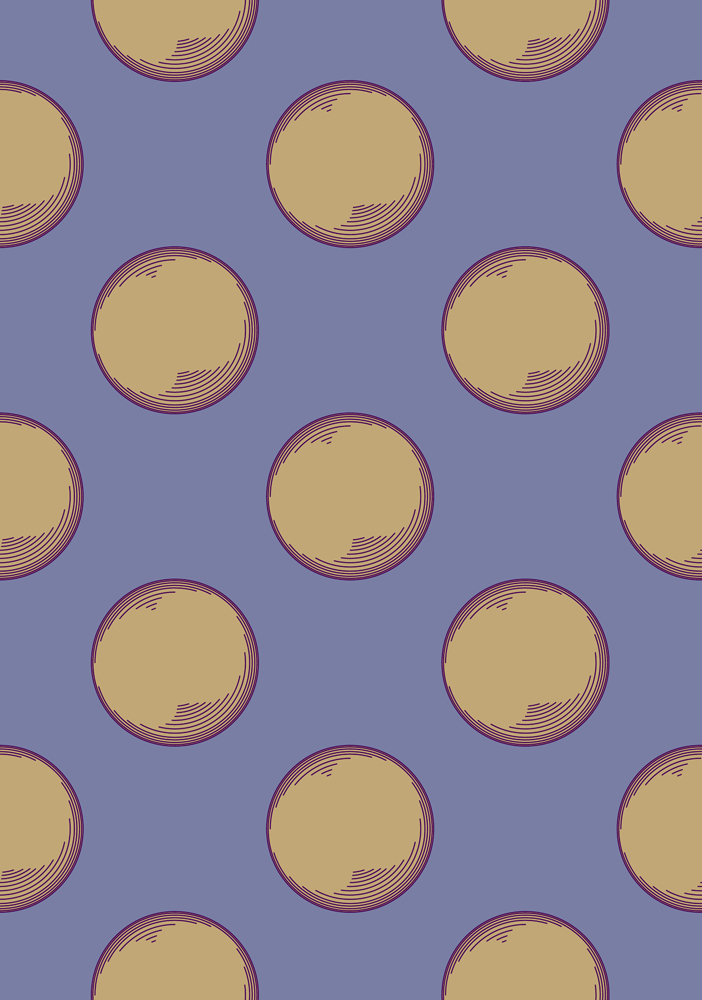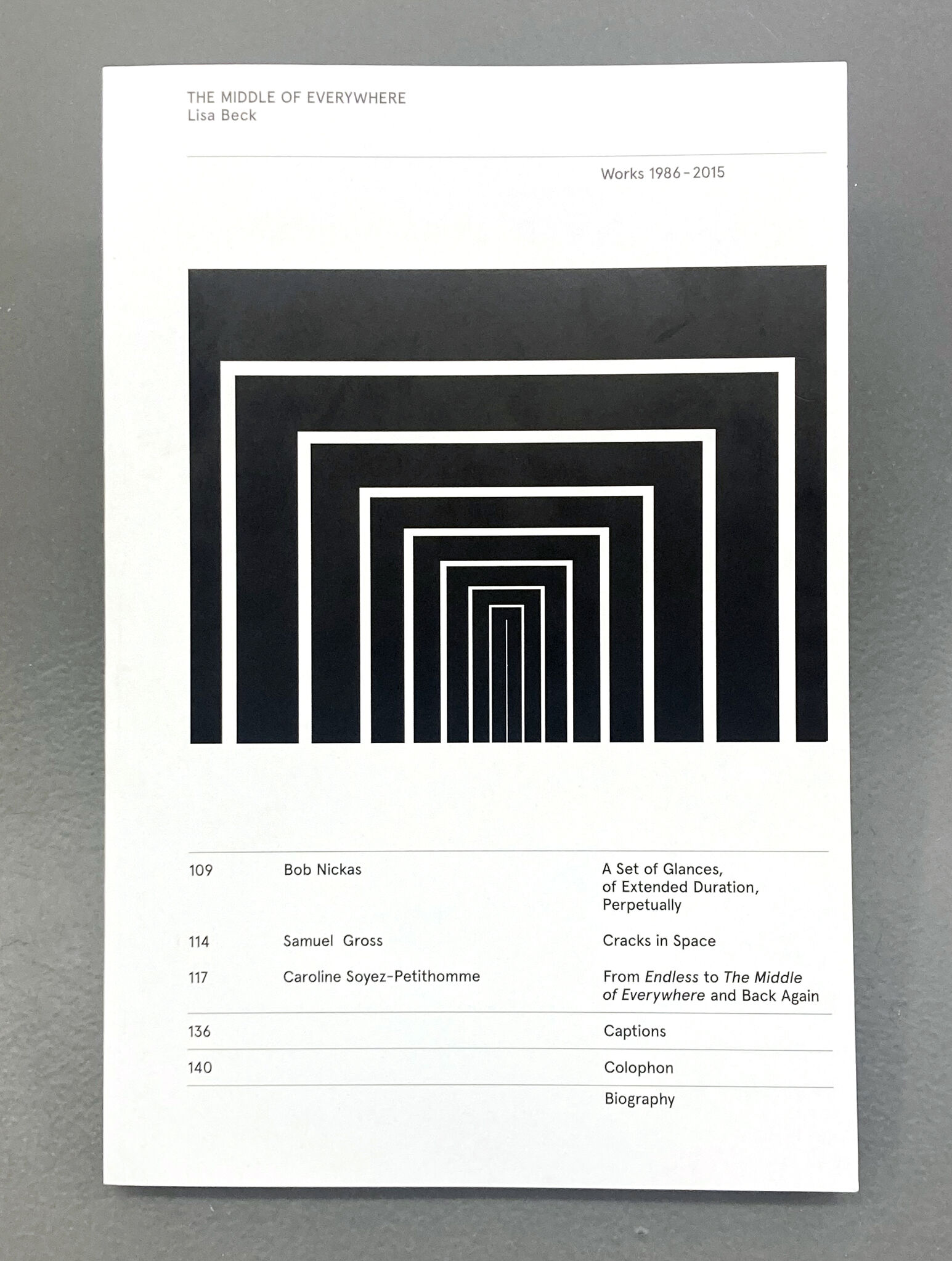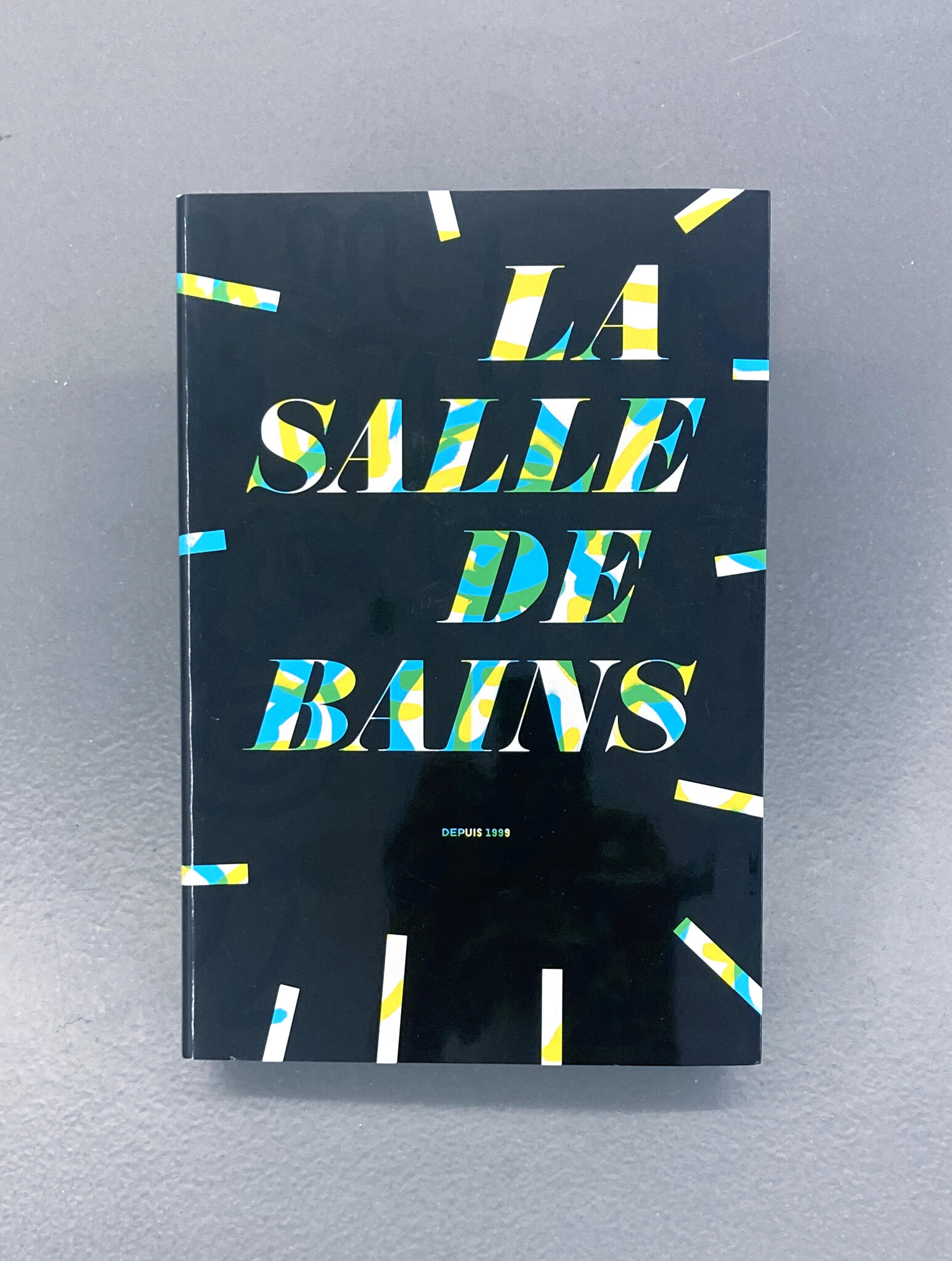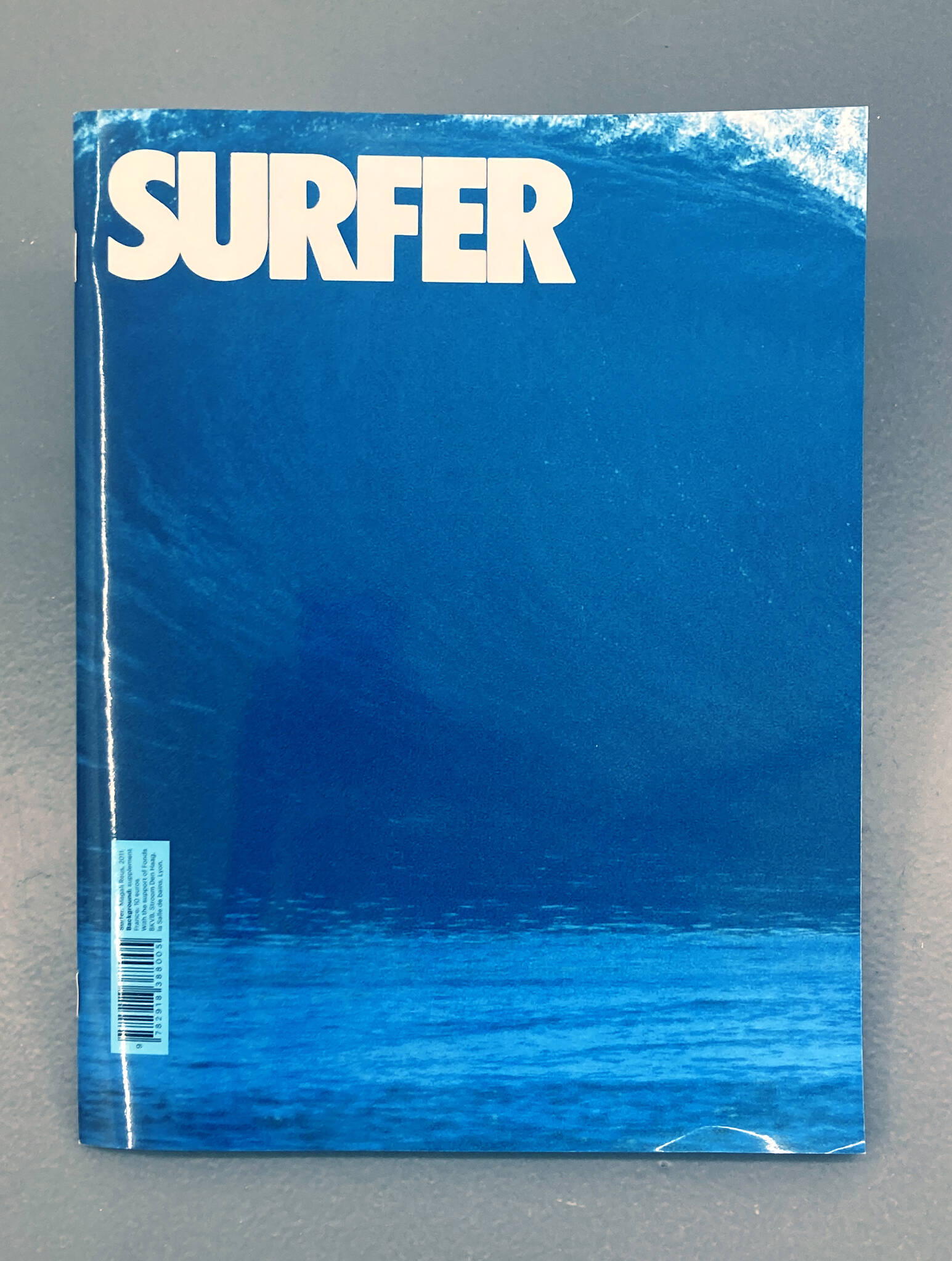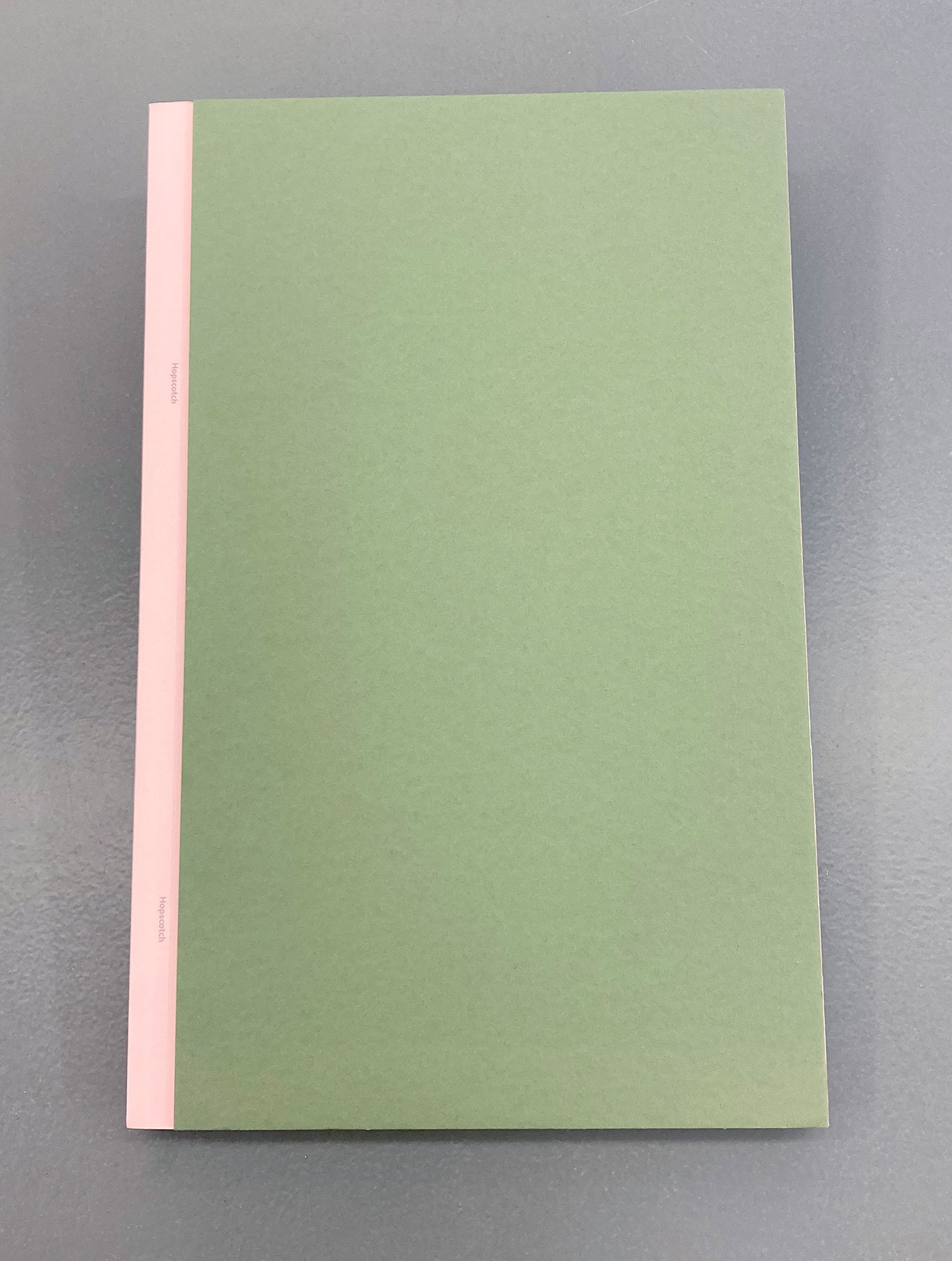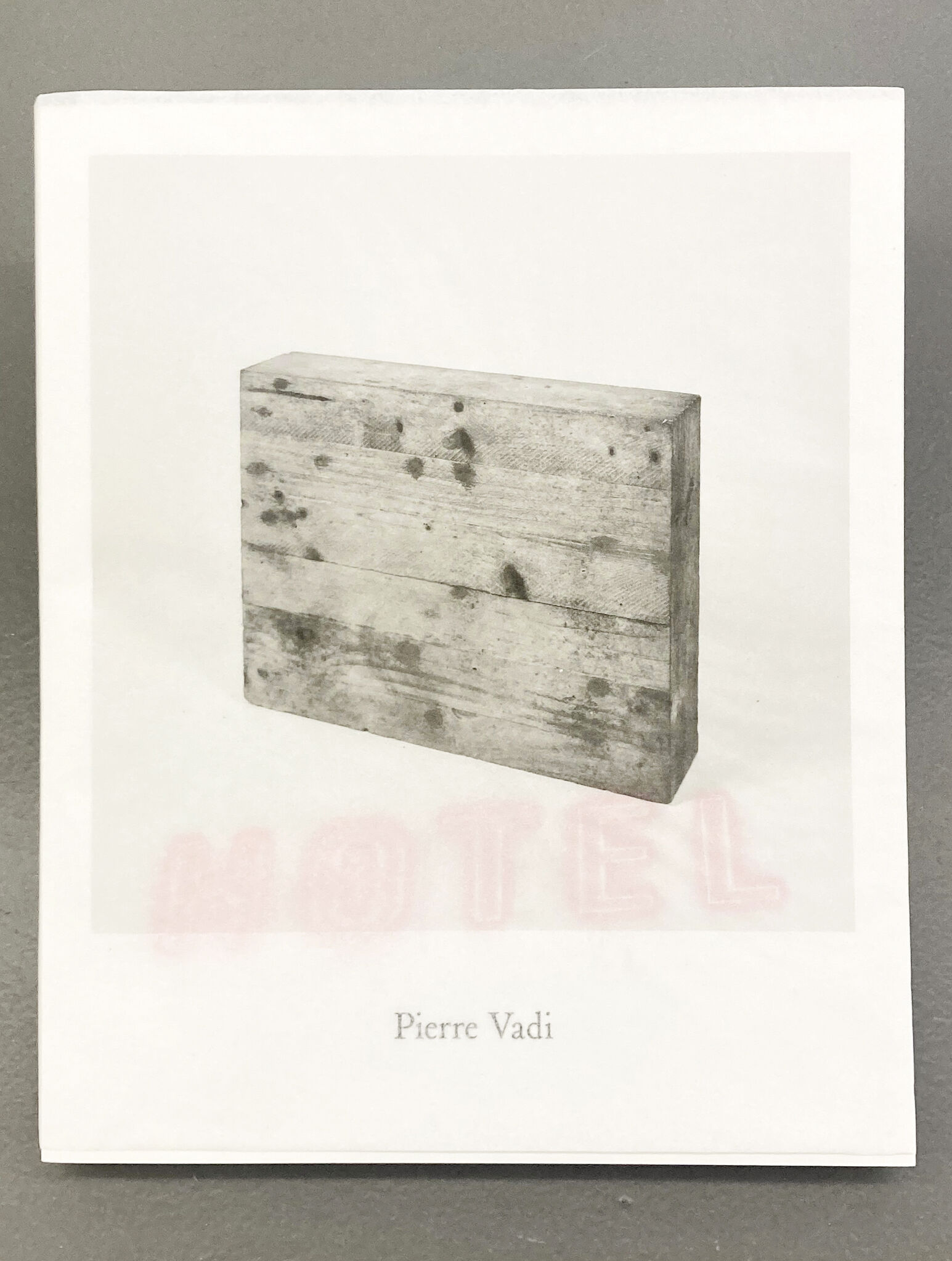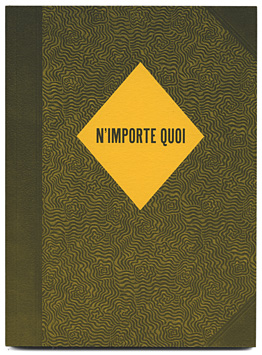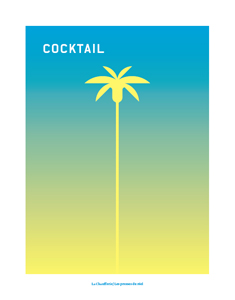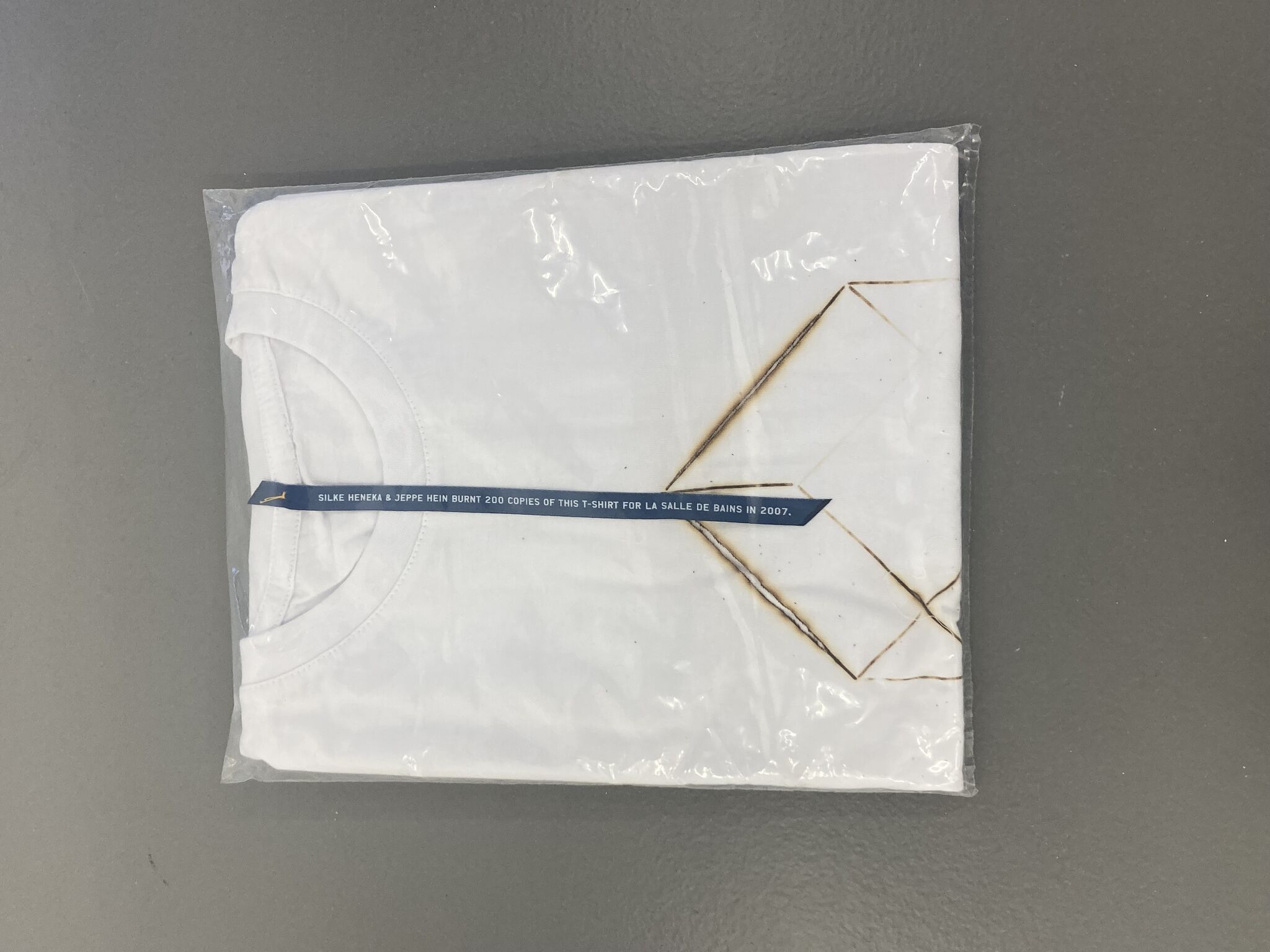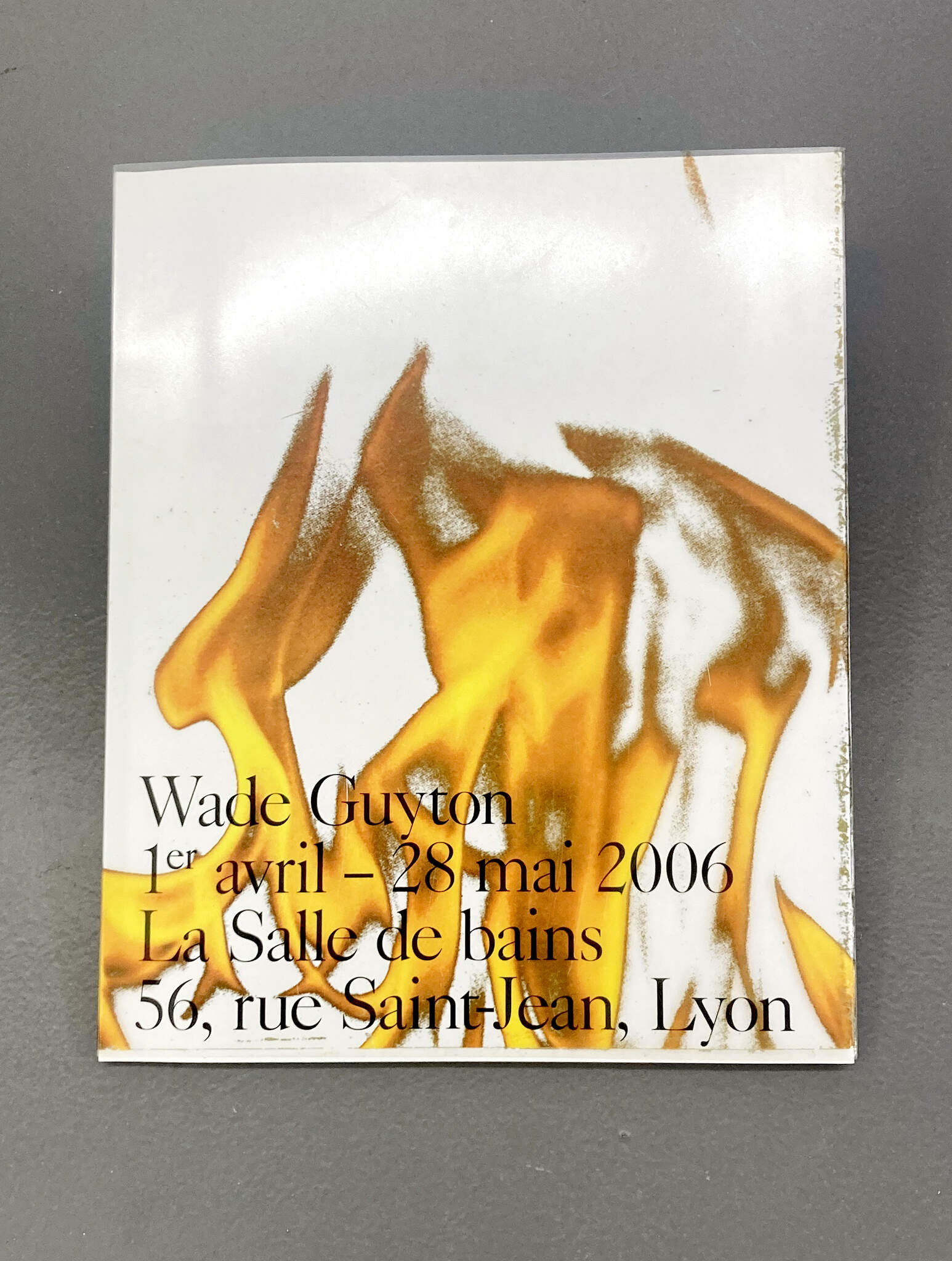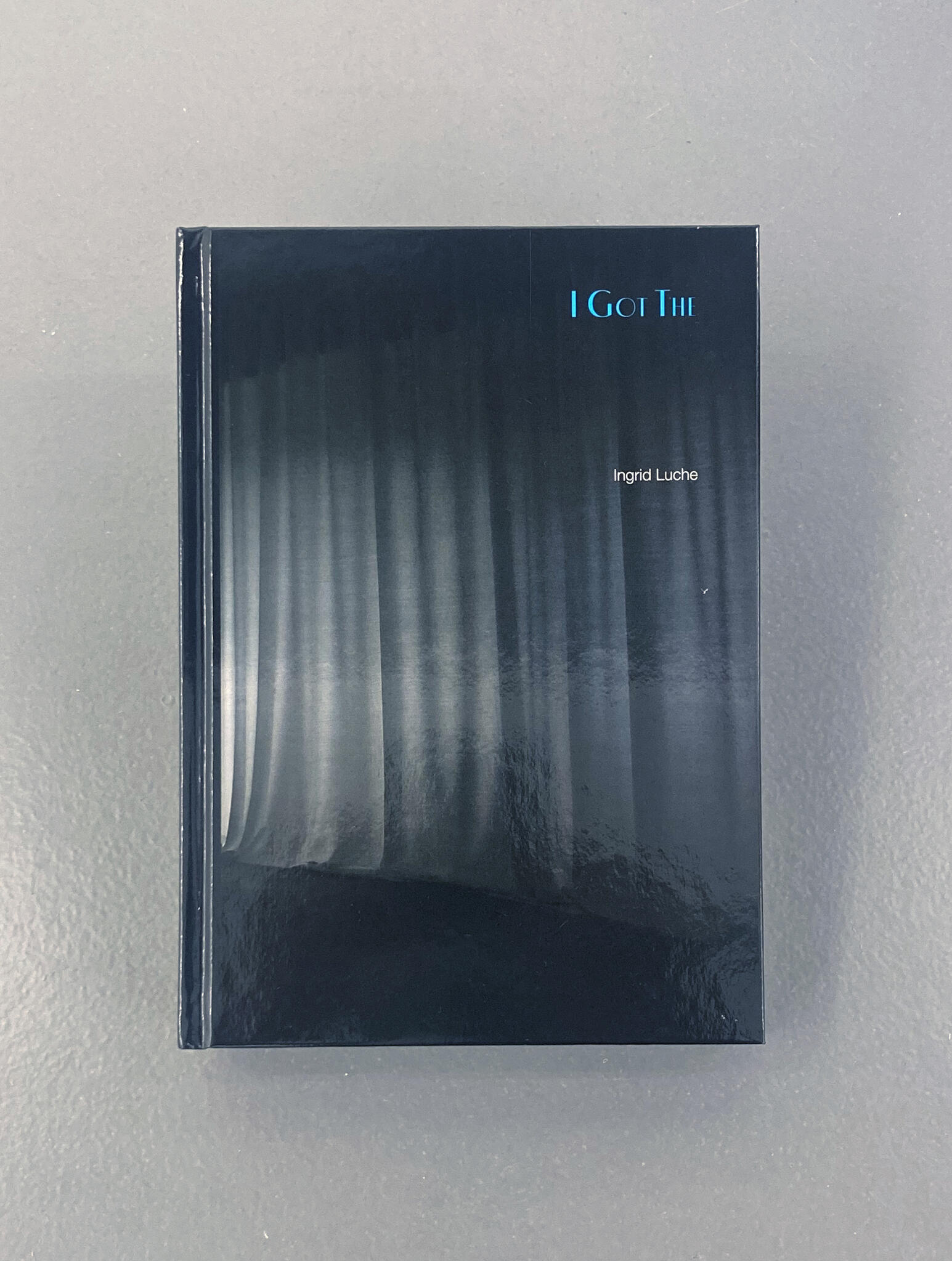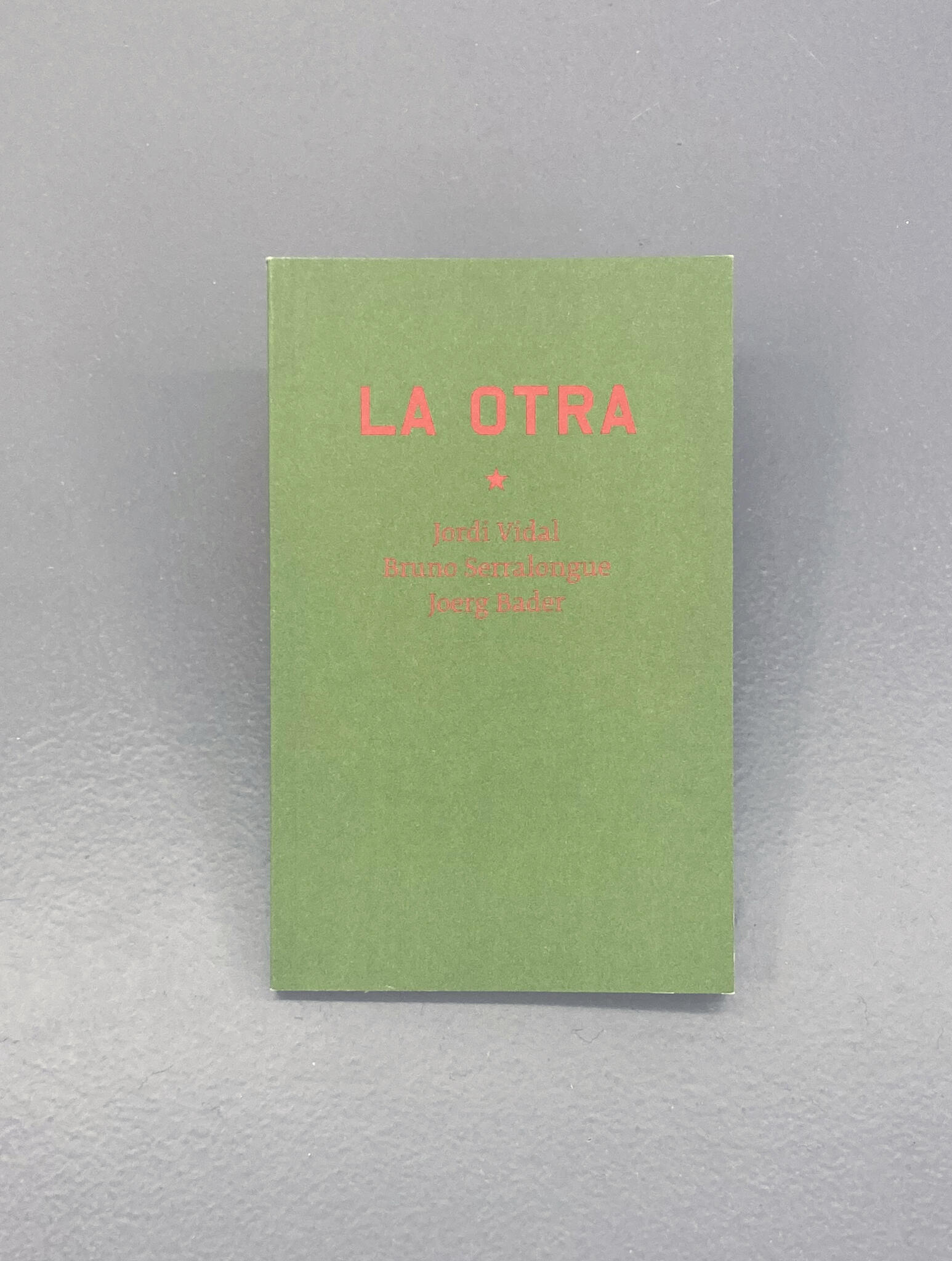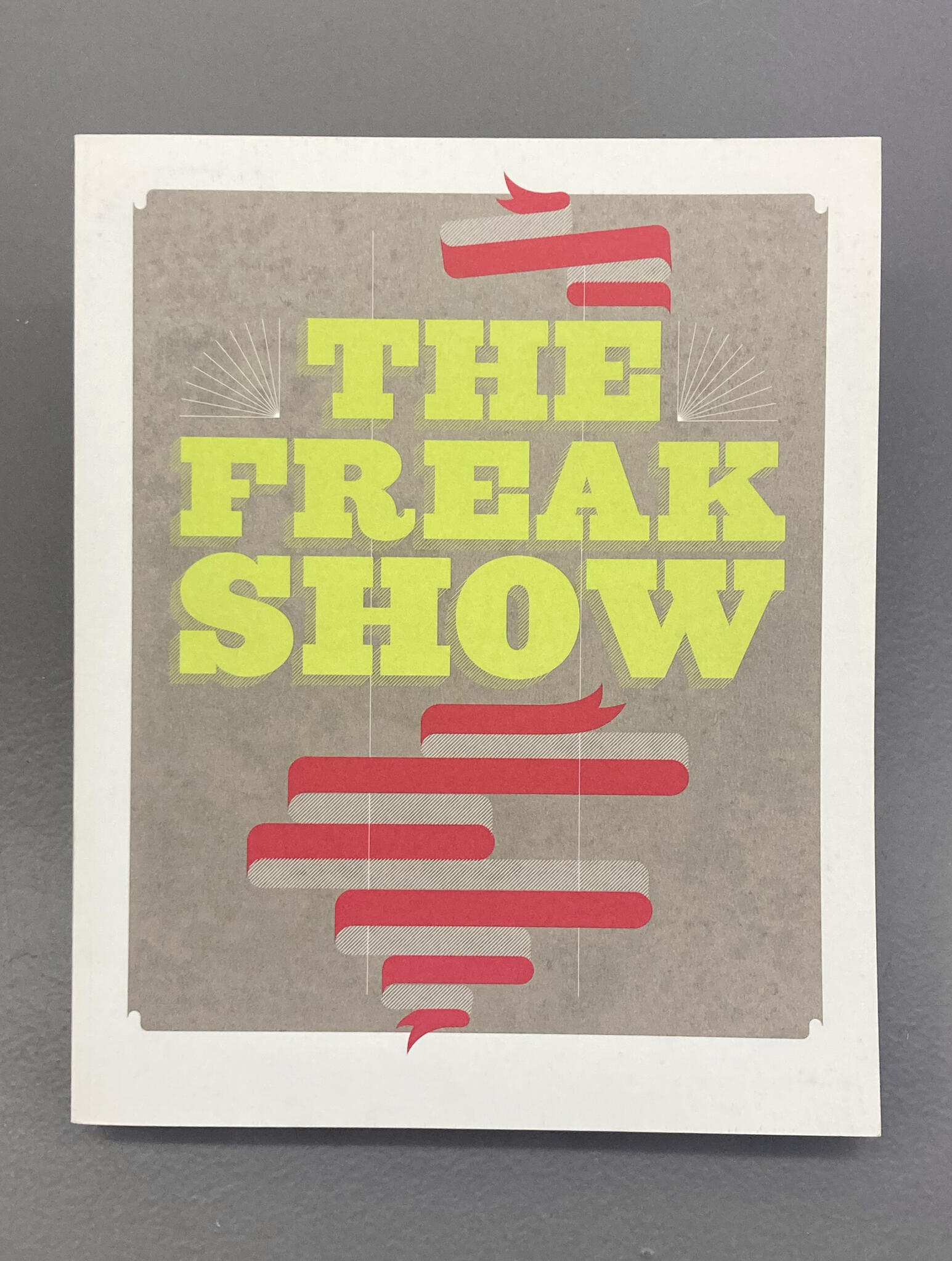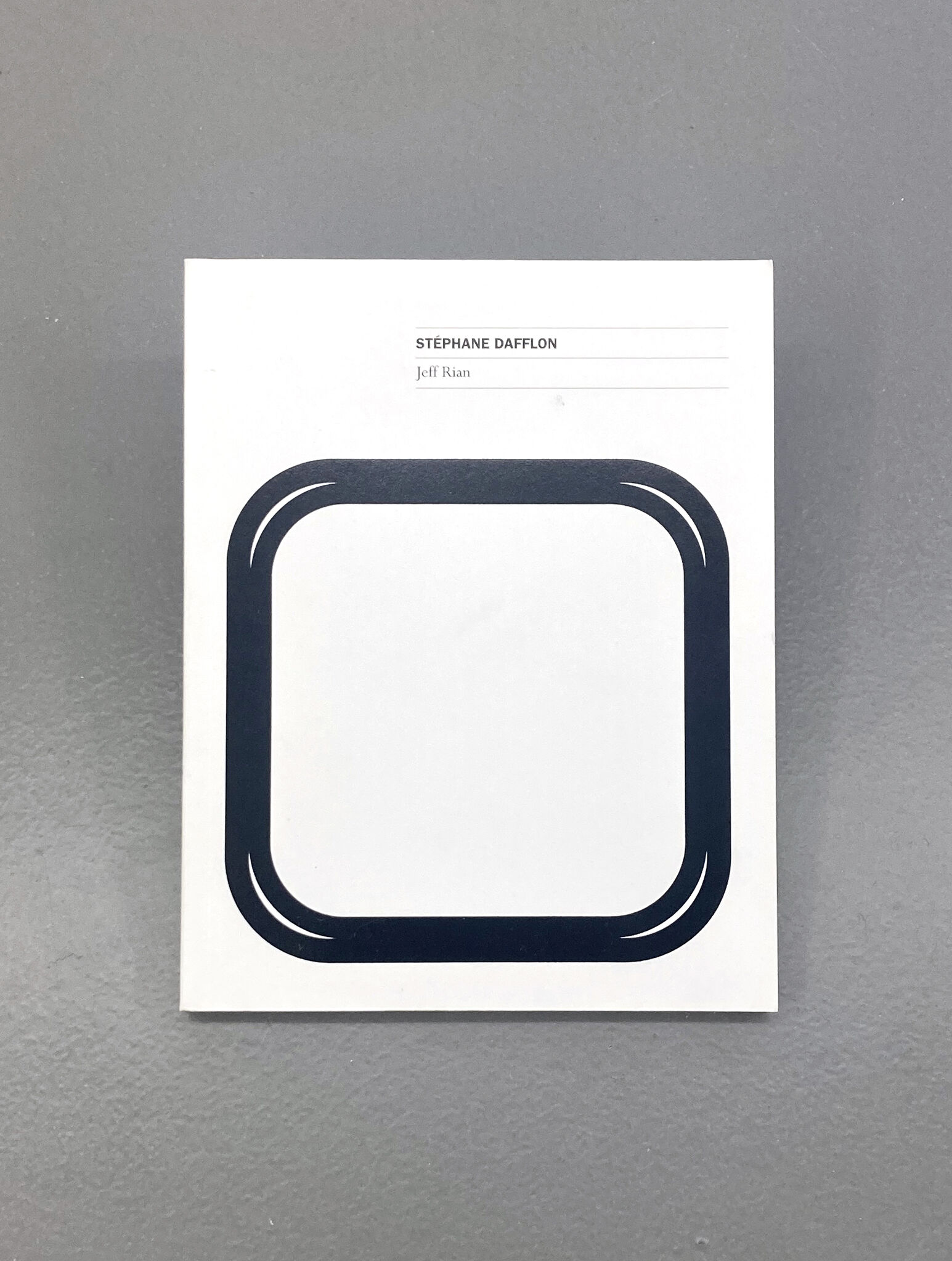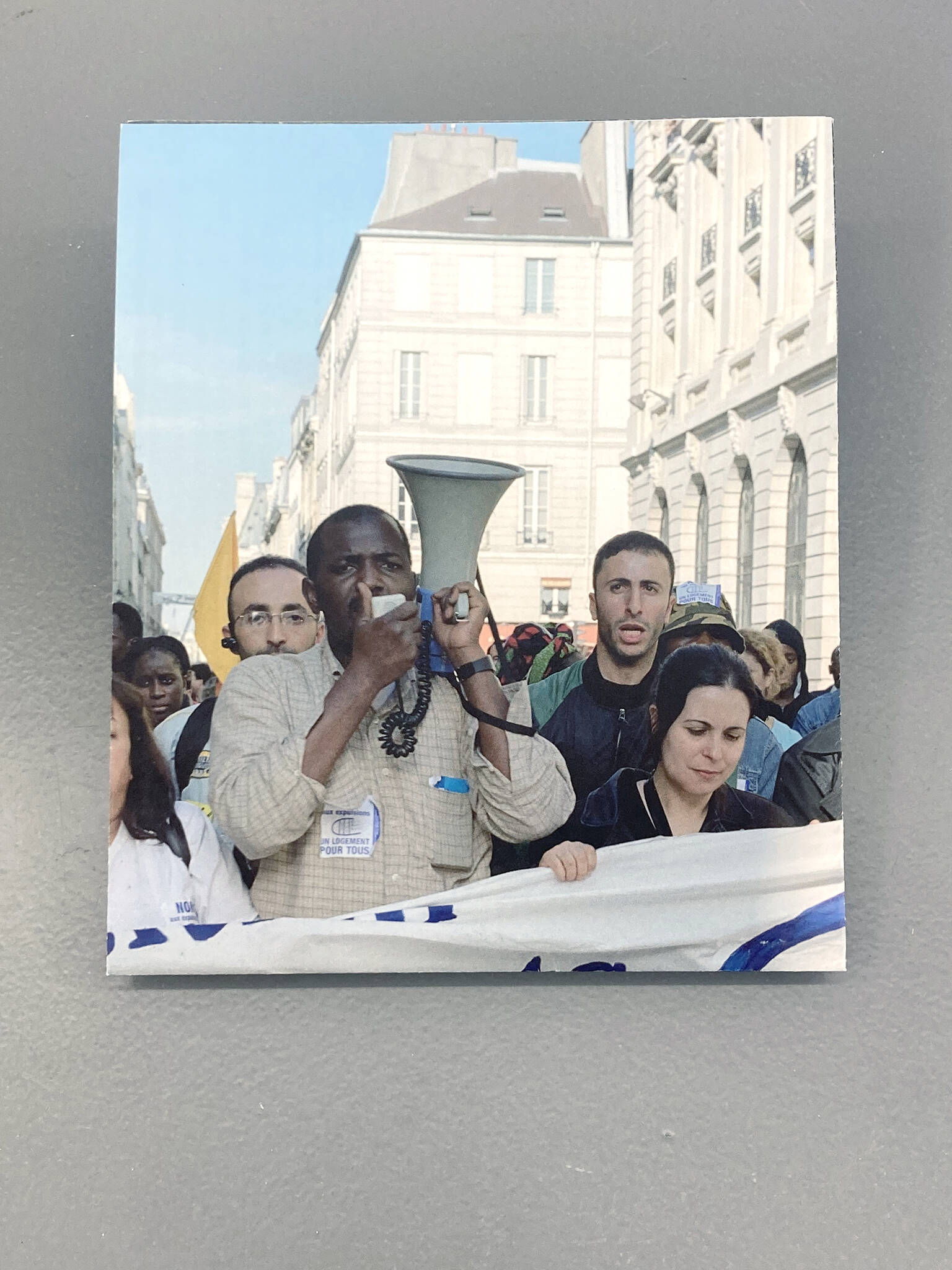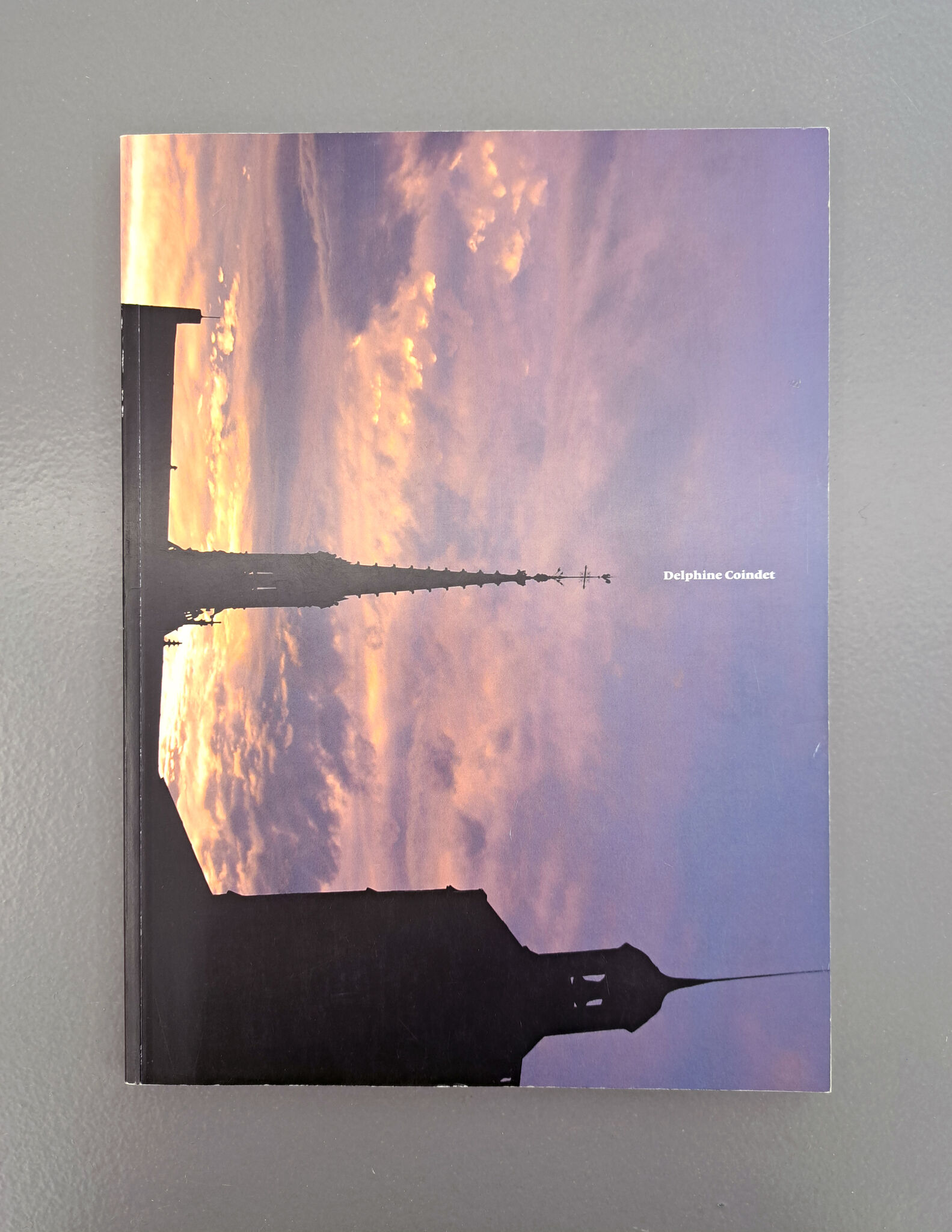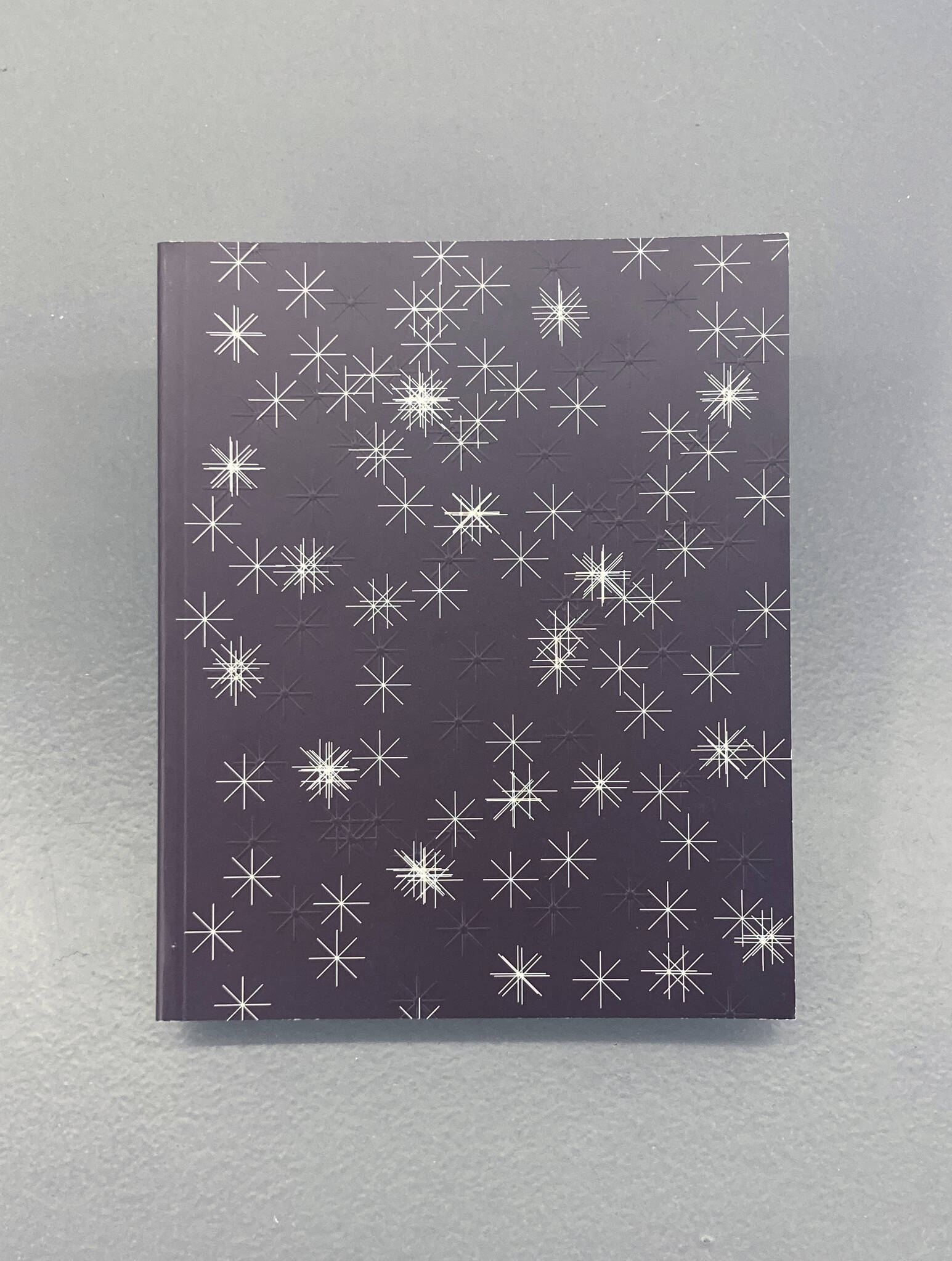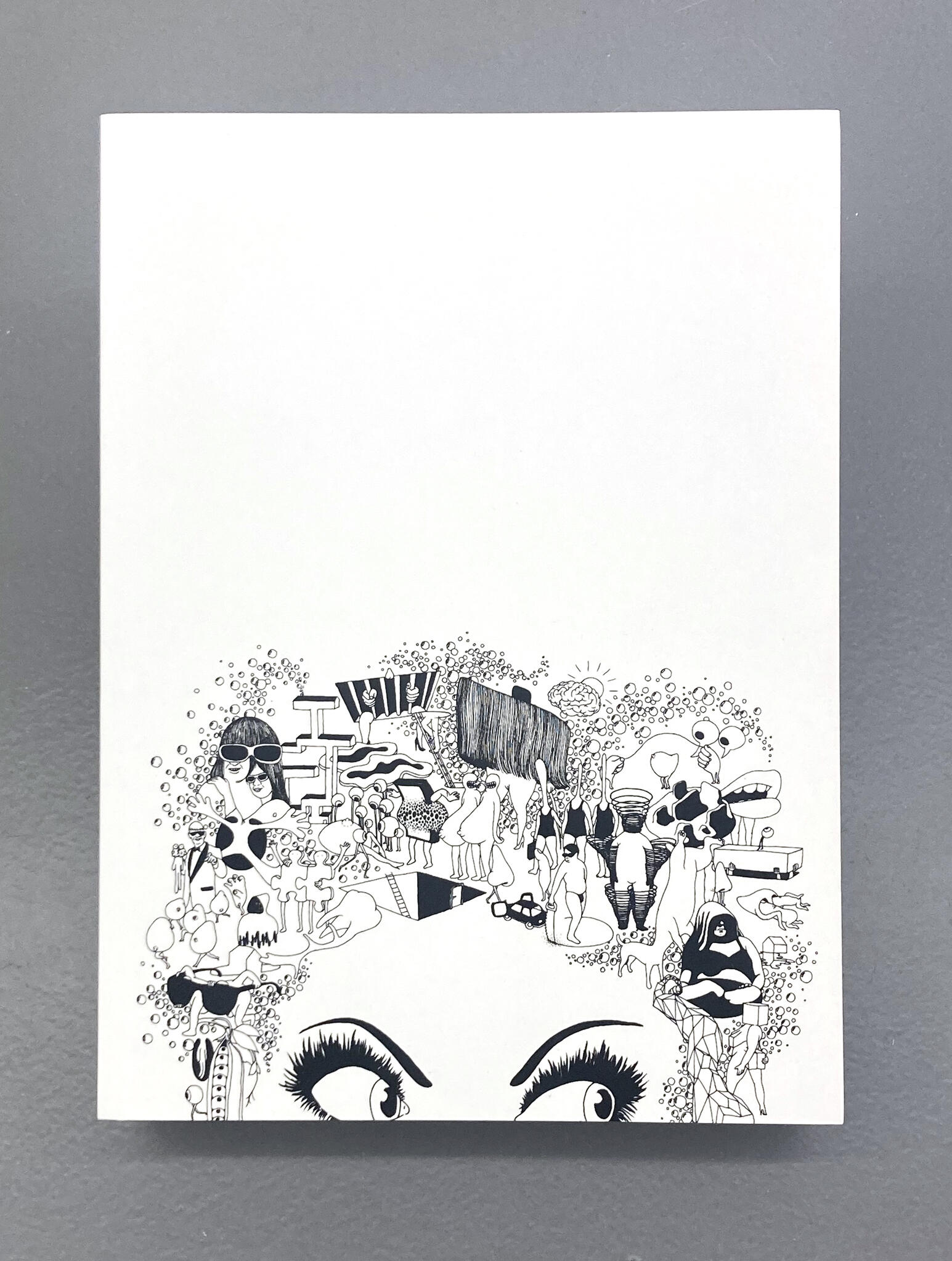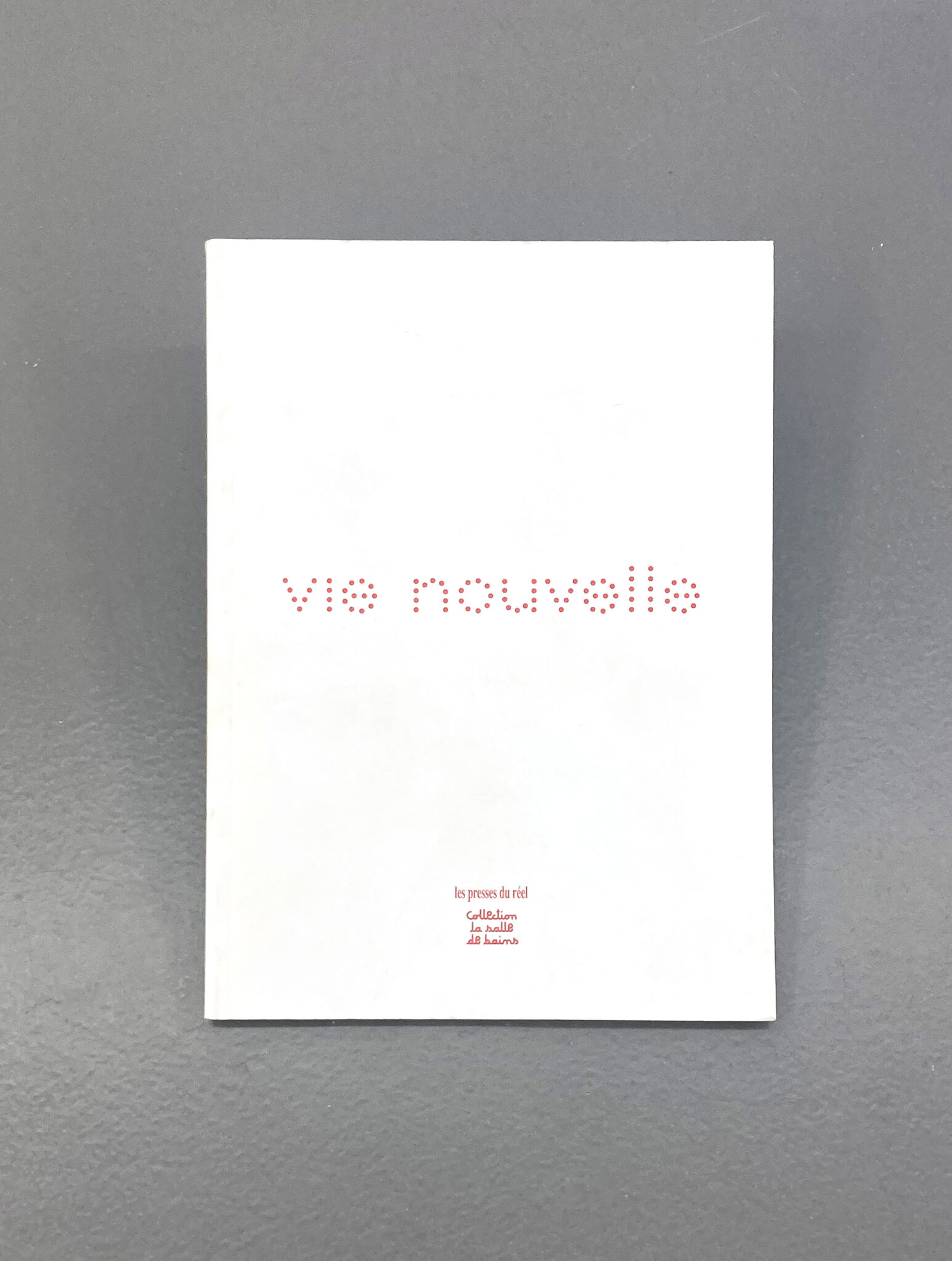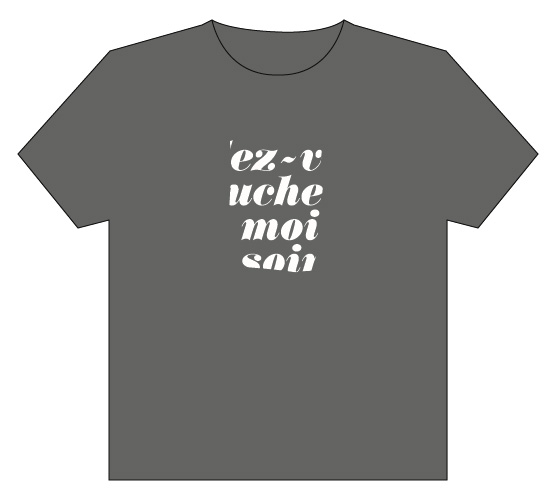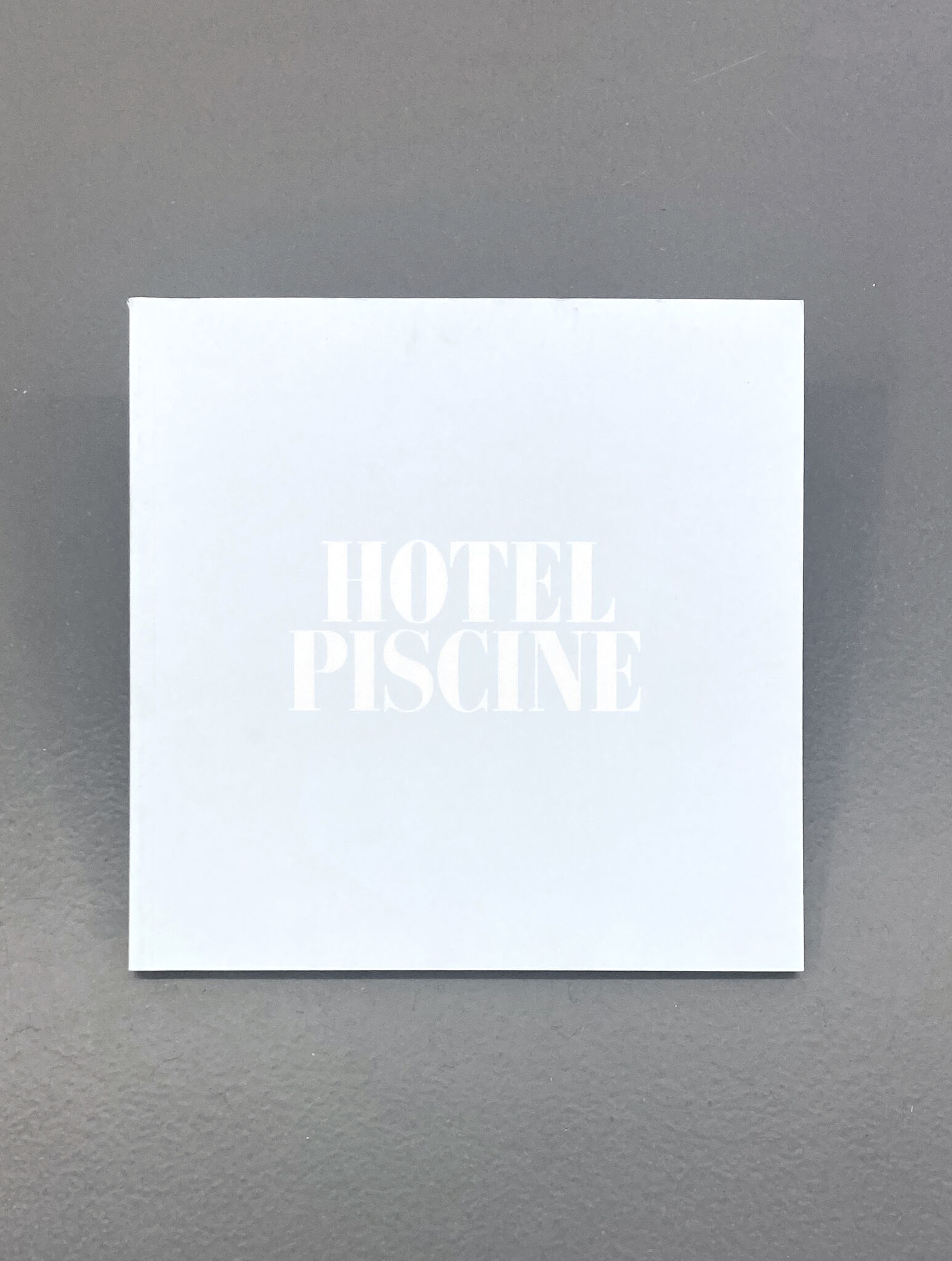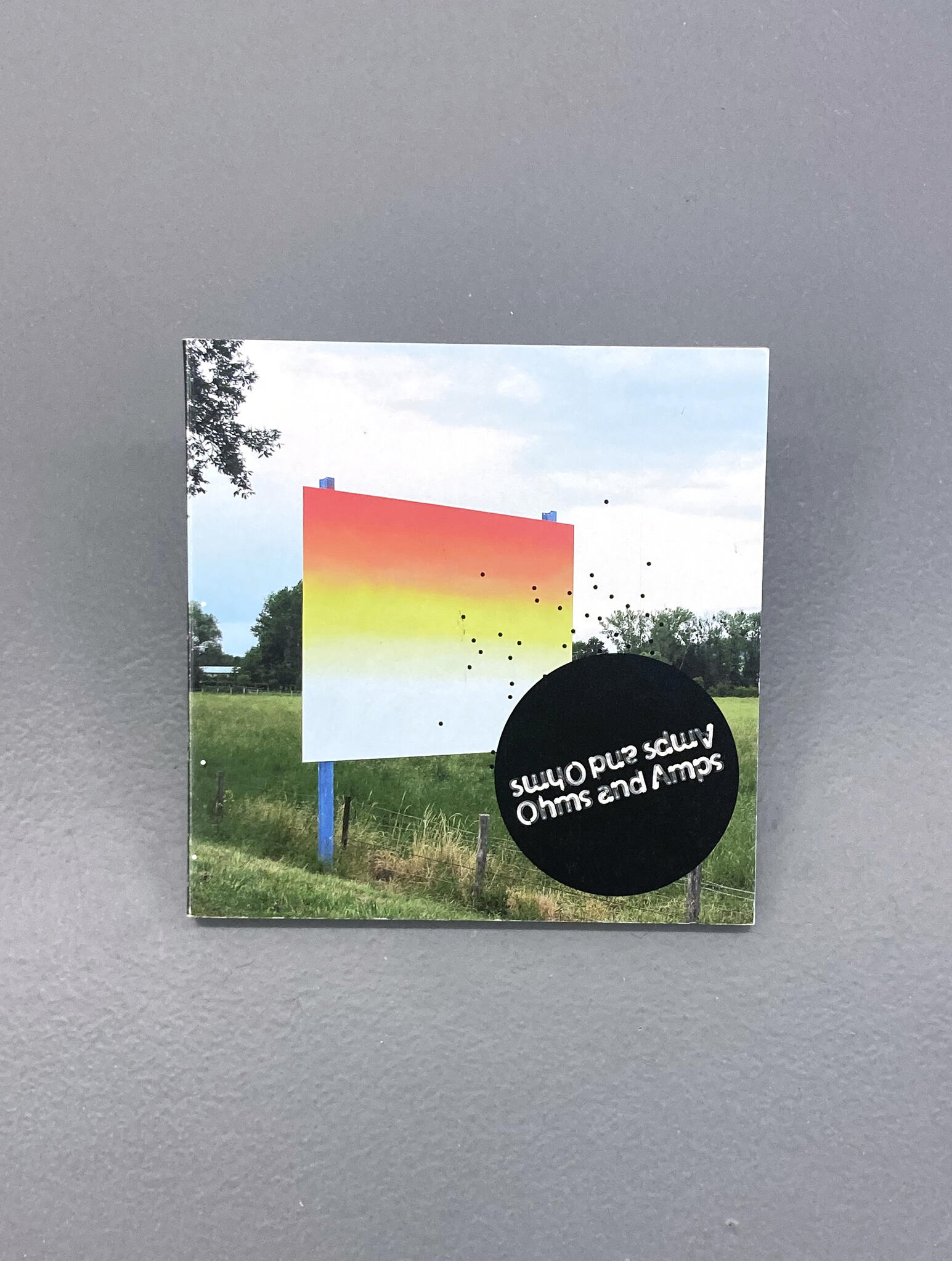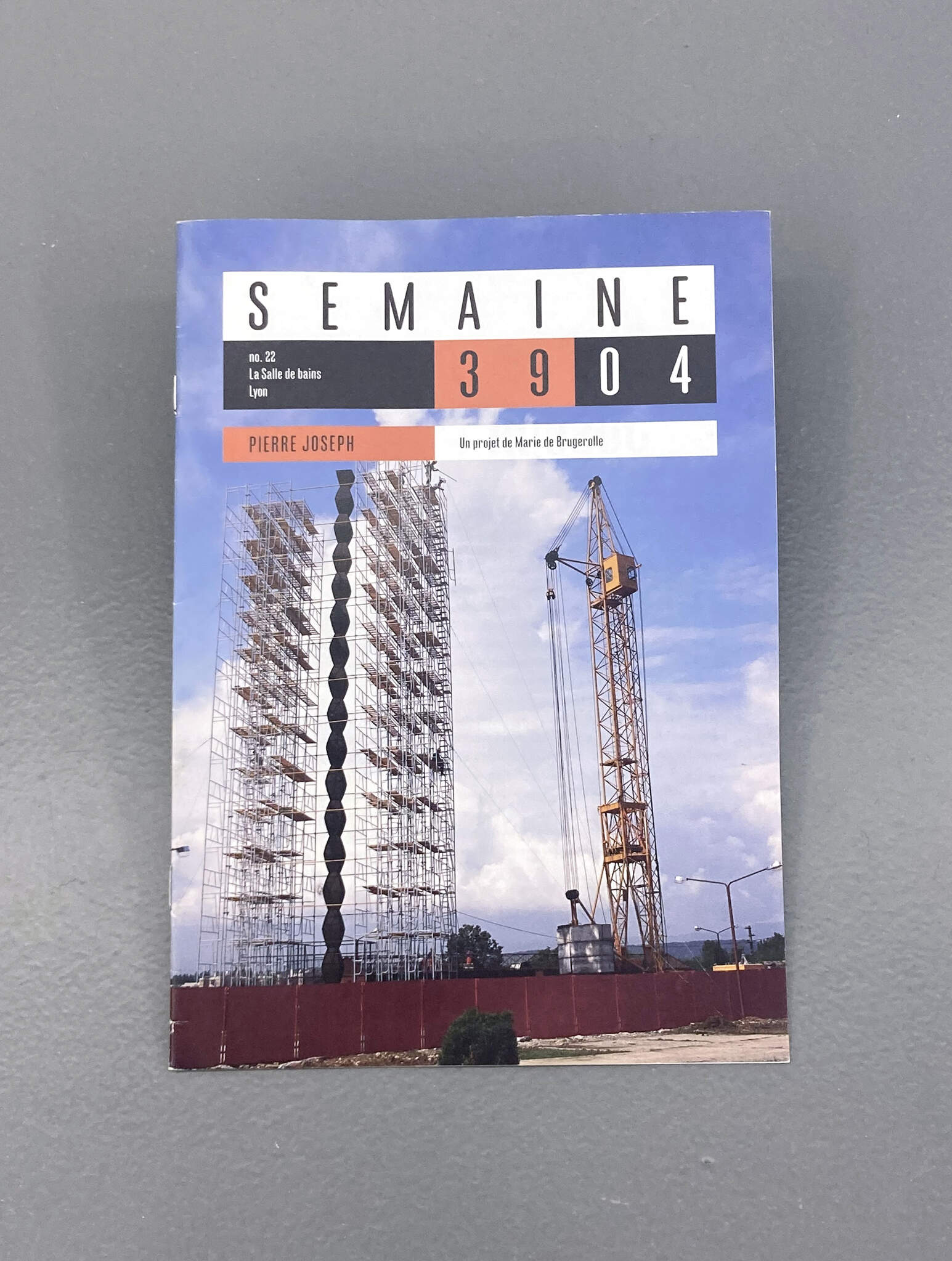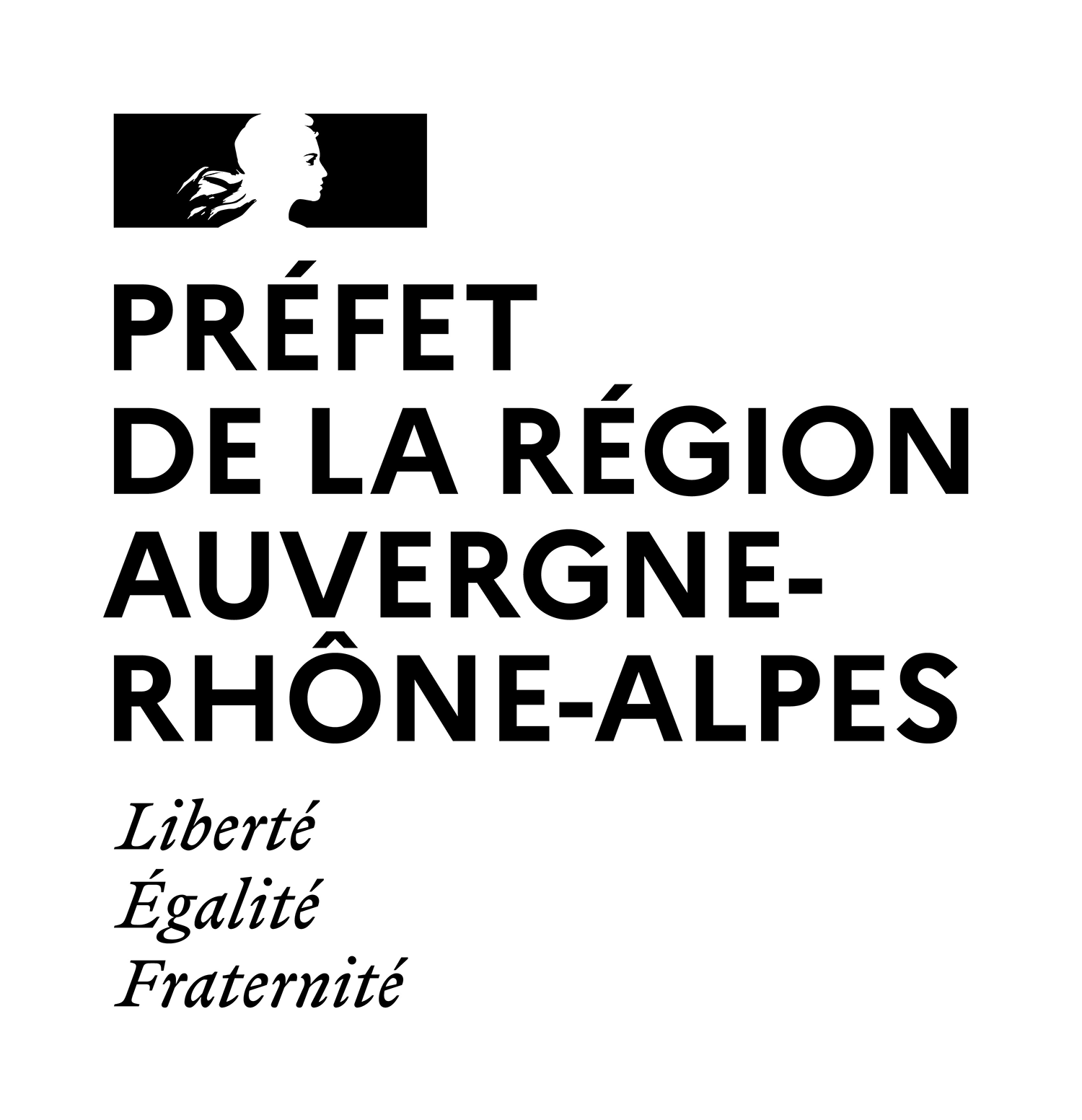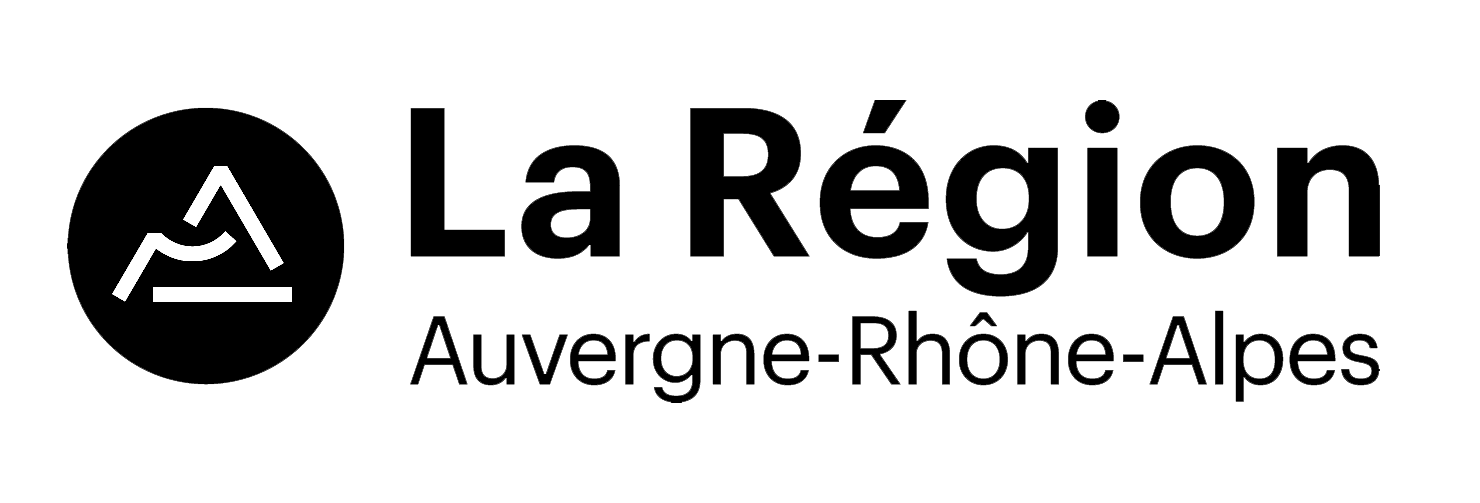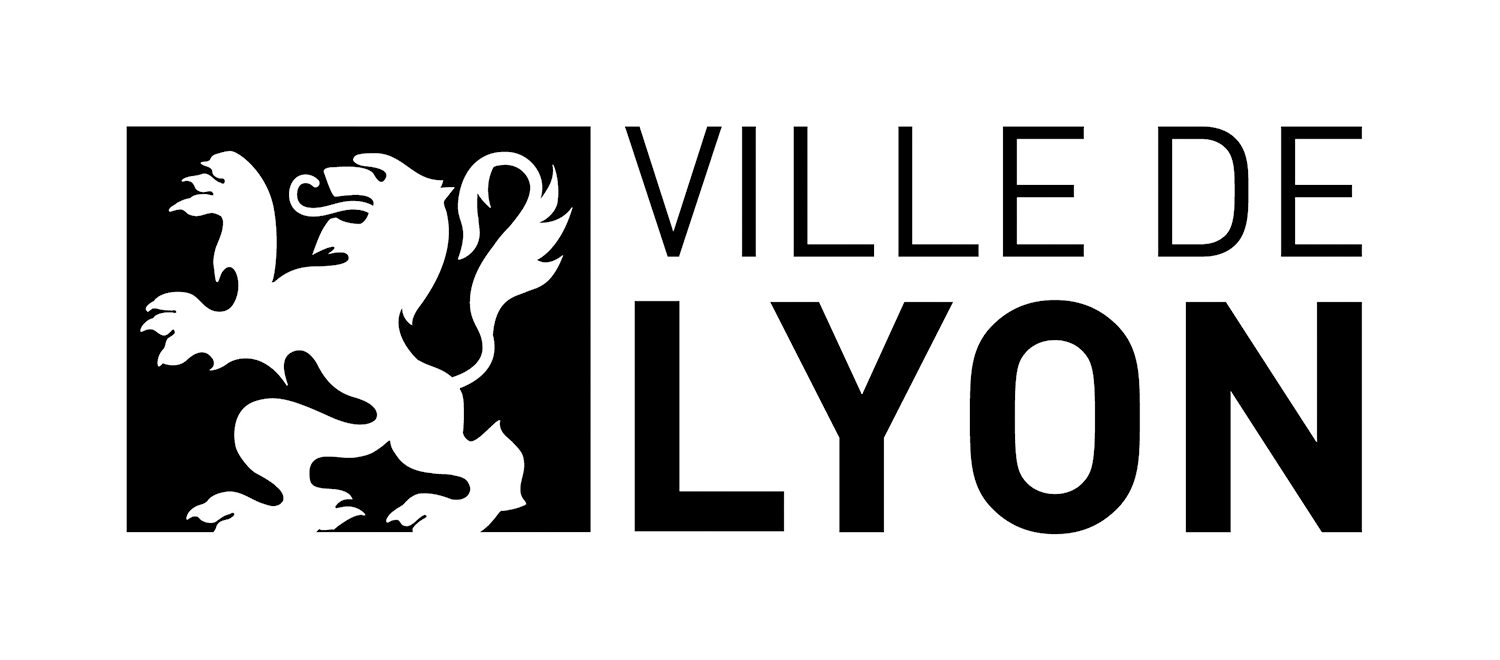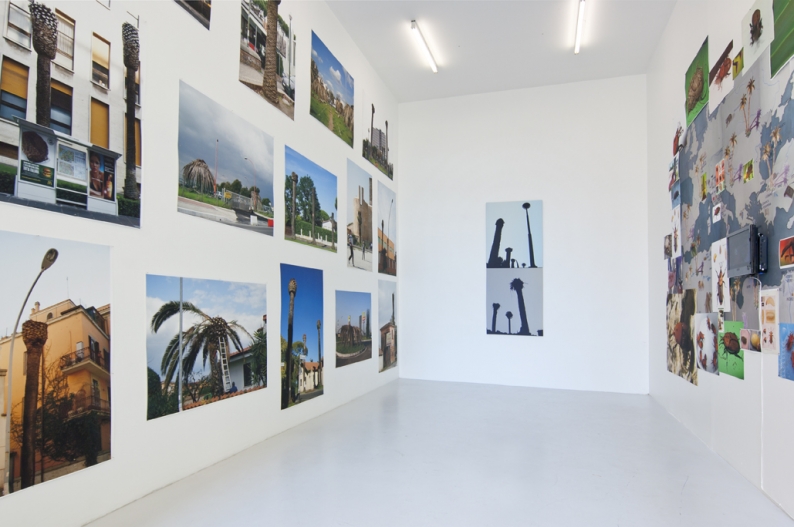
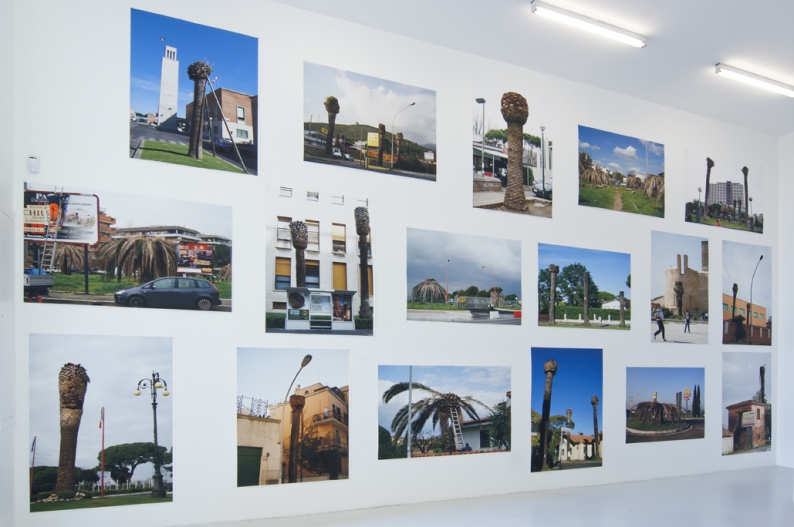
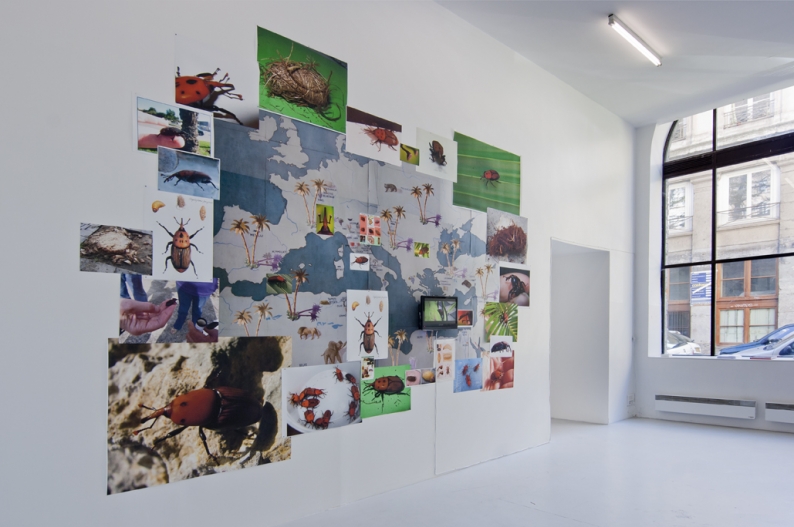
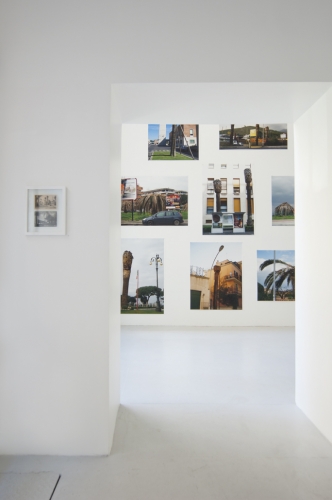
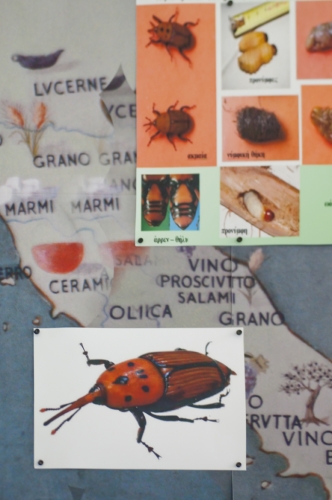
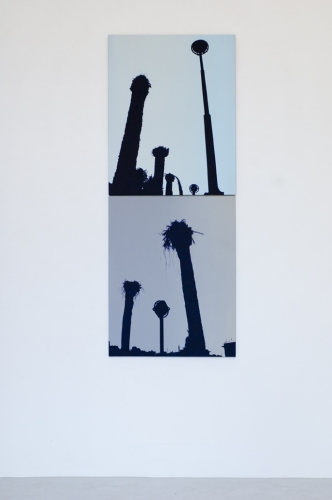
Photos : Aurélie Leplatre / © La Salle de bains
Photos : Aurélie Leplatre / © La Salle de bains
Some Kind of Nature
Du 10 septembre au 29 octobre 2011From 10 September to 29 October 2011
À l’occasion de sa première exposition personnelle en France, à La Salle de bains à Lyon, Glen Rubsamen présente une nouvelle installation composée de photographies, de peintures et de vidéos. Il poursuit ainsi son approche d’un élément iconique et archétypal du paysage exotique : le palmier.
Considérant le palmier comme un motif formel ou pictural et comme un outil conceptuel, l’artiste qui s’est récemment installé à Rome, a adapté ses recherches à ce nouveau contexte naturel et culturel. Bien que Rubsamen soit originaire de Los Angeles, sa fascination pour le palmier n’est pas directement lié à ses origines californiennes. Cet objet qu’il a érigé en véritable notion est à envisager comme un concept global au sens large du terme. C’est en Europe qu’il a commencé à s’intéresser à l’iconographie de cet arbre et c’est précisément au retour d’un voyage à Dubaï qu’il réalisé ses premières peintures de palmiers.
À Rome depuis plus d’un an, Rubsamen a réalisé une centaine de photographies de palmiers partiellement détruits ou mangés par les charançons rouges des palmiers (aussi appelé « le tueur des palmiers », ce coléoptère dépose ses œufs dans la couronne du palmier. Lorsqu’elles éclosent, les larves mangent toutes les jeunes pousses des feuilles, tuant ainsi l’arbre entier).
L’artiste explique que ces images représentent la fin d’une malencontreuse expérimentation botanique. Ce problème est colonial : certains ont tenté de lier un type de paysage avec un concept immanent à la terre. L’ironie du sort c’est que ce sont des incidences combinées, celles du réchauffement climatique et de la globalisation, qui vont mettre fin à cette construction toute stylistique. Ce sont précisément les palmiers dattiers et leurs surgeons qui sont les plus susceptibles d’être infestés par cet insecte. Sans ce type d’arbre, le paysage retournera à son standard nord européen, à une esthétique plus fonctionnelle et réaliste, plus banale. Ces arbres morts offrent une image hypermoderne où la nature s’en prend aux aspects d’une décoration qui ne serait plus de saison et qui aurait besoin d’être remplacée parce qu’elle a perdu sa fonction, comme les lumières de Noël en janvier. Ces photographies portraiturent un type de paysage qui sera de plus en plus commun dans le futur. L’image d’une mort idiosyncratique causée par un état de fait naturel, arbitraire et bizarre combiné aux séquelles de l’Histoire. Ces photographies sont empreintes d’une atmosphère théâtrale et apocalyptique, comme une image de la vie après la mort.
Considérant le palmier comme un motif formel ou pictural et comme un outil conceptuel, l’artiste qui s’est récemment installé à Rome, a adapté ses recherches à ce nouveau contexte naturel et culturel. Bien que Rubsamen soit originaire de Los Angeles, sa fascination pour le palmier n’est pas directement lié à ses origines californiennes. Cet objet qu’il a érigé en véritable notion est à envisager comme un concept global au sens large du terme. C’est en Europe qu’il a commencé à s’intéresser à l’iconographie de cet arbre et c’est précisément au retour d’un voyage à Dubaï qu’il réalisé ses premières peintures de palmiers.
À Rome depuis plus d’un an, Rubsamen a réalisé une centaine de photographies de palmiers partiellement détruits ou mangés par les charançons rouges des palmiers (aussi appelé « le tueur des palmiers », ce coléoptère dépose ses œufs dans la couronne du palmier. Lorsqu’elles éclosent, les larves mangent toutes les jeunes pousses des feuilles, tuant ainsi l’arbre entier).
L’artiste explique que ces images représentent la fin d’une malencontreuse expérimentation botanique. Ce problème est colonial : certains ont tenté de lier un type de paysage avec un concept immanent à la terre. L’ironie du sort c’est que ce sont des incidences combinées, celles du réchauffement climatique et de la globalisation, qui vont mettre fin à cette construction toute stylistique. Ce sont précisément les palmiers dattiers et leurs surgeons qui sont les plus susceptibles d’être infestés par cet insecte. Sans ce type d’arbre, le paysage retournera à son standard nord européen, à une esthétique plus fonctionnelle et réaliste, plus banale. Ces arbres morts offrent une image hypermoderne où la nature s’en prend aux aspects d’une décoration qui ne serait plus de saison et qui aurait besoin d’être remplacée parce qu’elle a perdu sa fonction, comme les lumières de Noël en janvier. Ces photographies portraiturent un type de paysage qui sera de plus en plus commun dans le futur. L’image d’une mort idiosyncratique causée par un état de fait naturel, arbitraire et bizarre combiné aux séquelles de l’Histoire. Ces photographies sont empreintes d’une atmosphère théâtrale et apocalyptique, comme une image de la vie après la mort.
On the occasion of his first solo show in France, at La Salle de Bains in Lyon, Glen Rubsamen presents an installation including photographs, paintings, and a video following his open-ended approach of one of the most iconic and archetypal component of the exotic landscape: the palmtree.
Considering it as a formal and pictural pattern as well as a conceptual tool, the Los Angeles artist, who has recently moved to Roma, adapted his research to this new geographical and cultural context.
For more than a year Rubsamen has been taking hundred of pictures of palms which have been damaged or partially eaten by the red palm tree beetles (a type of weevil that lays it’s eggs in the crown of palms, when they hatch the larvae eat all the young sprouts at the top, essentially killing it).
Such as the artist explains: Those images represent the end of a misguided botanical experiment, a very problematic
colonial one that attempted to link a certain style of landscape with a concept of immanent domain. The ultimate irony is that it took the combined afects of global warming and globalization to bring an end to this essentially stylistic construction. It is exactly these date palms and their offspring that are the most susceptible to the palm weevil. Without the palms the landscape ‘reverts’ to a northern european standard, a more sober functional aesthetic, more banal. The dead trees in these photos represent a kind of Hyper-modern image where nature takes on the aspect of old seasonal decoration that needs to be replaced when it loses its function, like Christmas lights in January. I think these photos portray a type of image that will be more and more common in the future. An image of idiosyncratic death caused by an arbitrary but also bizarre state of natural causes combined with the after-affect (blowback) of history. The images have a stagey apocalyptic feel, like a snapshot of life after death.
Two weeks ago, we promised to talk about palms and cold damage the following week. Several readers reminded us we broke our promise. We just forgot. Don’t go ripping out your palm trees until after you read this. Here is some information we think you can use.
The power of the dead is that we think they see us all the time. The dead have a presence. Is there a level of energy composed solely of the dead? They are also in the ground, of course, asleep and crumbling. Perhaps we are what they dream.
The harshest, most sustained winter for quite some time has all but left us. Just about the only cold-season joys that remain are some lingering gully climbs on the higher reaches of Ben Nevis, and the prospect of midsummer skiing in the Cairngorms. There are, however, various after-effects, and over the coming few days The Caledonian Mercury will look at some of these.
First: dead palm trees. The accompanying photograph shows a palm tree not far from the writer’s home in Stirling. Until the December-to-March cold spell, this particular palm was a fine-looking specimen. It appeared healthy and—at least once, some years ago—had been known to flower beautifully.
Now, by contrast, it’s a poor sight. At risk of straying into Dead Parrot rather than dead tree territory, it is either shedding its leaves bigtime, or is bereft of life.
We have a palm tree at the end of our front garden that has clearly been adversely a"ected by the cold with all of the leaves at the top turning brown and falling off. Clearly it’s died, although there is a shoot at the base… There are dead stars that still shine because their light is trapped in time. Where do I stand in this light, which does not strictly exist?
The red palm weevil (Rhynchophorus ferrugineus) is an insect native to South East Asia which rapidly spread through Europe and has been found in Greece, Italy and Spain. A new infestation in California was detected in 2010, although the beetle has been active in the Caribean area since 1945. The thing that is hidden and the changeless thing that lurks behind superficial mutability. To trace the remote in the immediate; the eternal in the ephemeral; the past in the present; the infinite in the finite; these are the springs of delight and beauty (Glen Rubsamen, 1973).
Considering it as a formal and pictural pattern as well as a conceptual tool, the Los Angeles artist, who has recently moved to Roma, adapted his research to this new geographical and cultural context.
For more than a year Rubsamen has been taking hundred of pictures of palms which have been damaged or partially eaten by the red palm tree beetles (a type of weevil that lays it’s eggs in the crown of palms, when they hatch the larvae eat all the young sprouts at the top, essentially killing it).
Such as the artist explains: Those images represent the end of a misguided botanical experiment, a very problematic
colonial one that attempted to link a certain style of landscape with a concept of immanent domain. The ultimate irony is that it took the combined afects of global warming and globalization to bring an end to this essentially stylistic construction. It is exactly these date palms and their offspring that are the most susceptible to the palm weevil. Without the palms the landscape ‘reverts’ to a northern european standard, a more sober functional aesthetic, more banal. The dead trees in these photos represent a kind of Hyper-modern image where nature takes on the aspect of old seasonal decoration that needs to be replaced when it loses its function, like Christmas lights in January. I think these photos portray a type of image that will be more and more common in the future. An image of idiosyncratic death caused by an arbitrary but also bizarre state of natural causes combined with the after-affect (blowback) of history. The images have a stagey apocalyptic feel, like a snapshot of life after death.
Two weeks ago, we promised to talk about palms and cold damage the following week. Several readers reminded us we broke our promise. We just forgot. Don’t go ripping out your palm trees until after you read this. Here is some information we think you can use.
The power of the dead is that we think they see us all the time. The dead have a presence. Is there a level of energy composed solely of the dead? They are also in the ground, of course, asleep and crumbling. Perhaps we are what they dream.
The harshest, most sustained winter for quite some time has all but left us. Just about the only cold-season joys that remain are some lingering gully climbs on the higher reaches of Ben Nevis, and the prospect of midsummer skiing in the Cairngorms. There are, however, various after-effects, and over the coming few days The Caledonian Mercury will look at some of these.
First: dead palm trees. The accompanying photograph shows a palm tree not far from the writer’s home in Stirling. Until the December-to-March cold spell, this particular palm was a fine-looking specimen. It appeared healthy and—at least once, some years ago—had been known to flower beautifully.
Now, by contrast, it’s a poor sight. At risk of straying into Dead Parrot rather than dead tree territory, it is either shedding its leaves bigtime, or is bereft of life.
We have a palm tree at the end of our front garden that has clearly been adversely a"ected by the cold with all of the leaves at the top turning brown and falling off. Clearly it’s died, although there is a shoot at the base… There are dead stars that still shine because their light is trapped in time. Where do I stand in this light, which does not strictly exist?
The red palm weevil (Rhynchophorus ferrugineus) is an insect native to South East Asia which rapidly spread through Europe and has been found in Greece, Italy and Spain. A new infestation in California was detected in 2010, although the beetle has been active in the Caribean area since 1945. The thing that is hidden and the changeless thing that lurks behind superficial mutability. To trace the remote in the immediate; the eternal in the ephemeral; the past in the present; the infinite in the finite; these are the springs of delight and beauty (Glen Rubsamen, 1973).
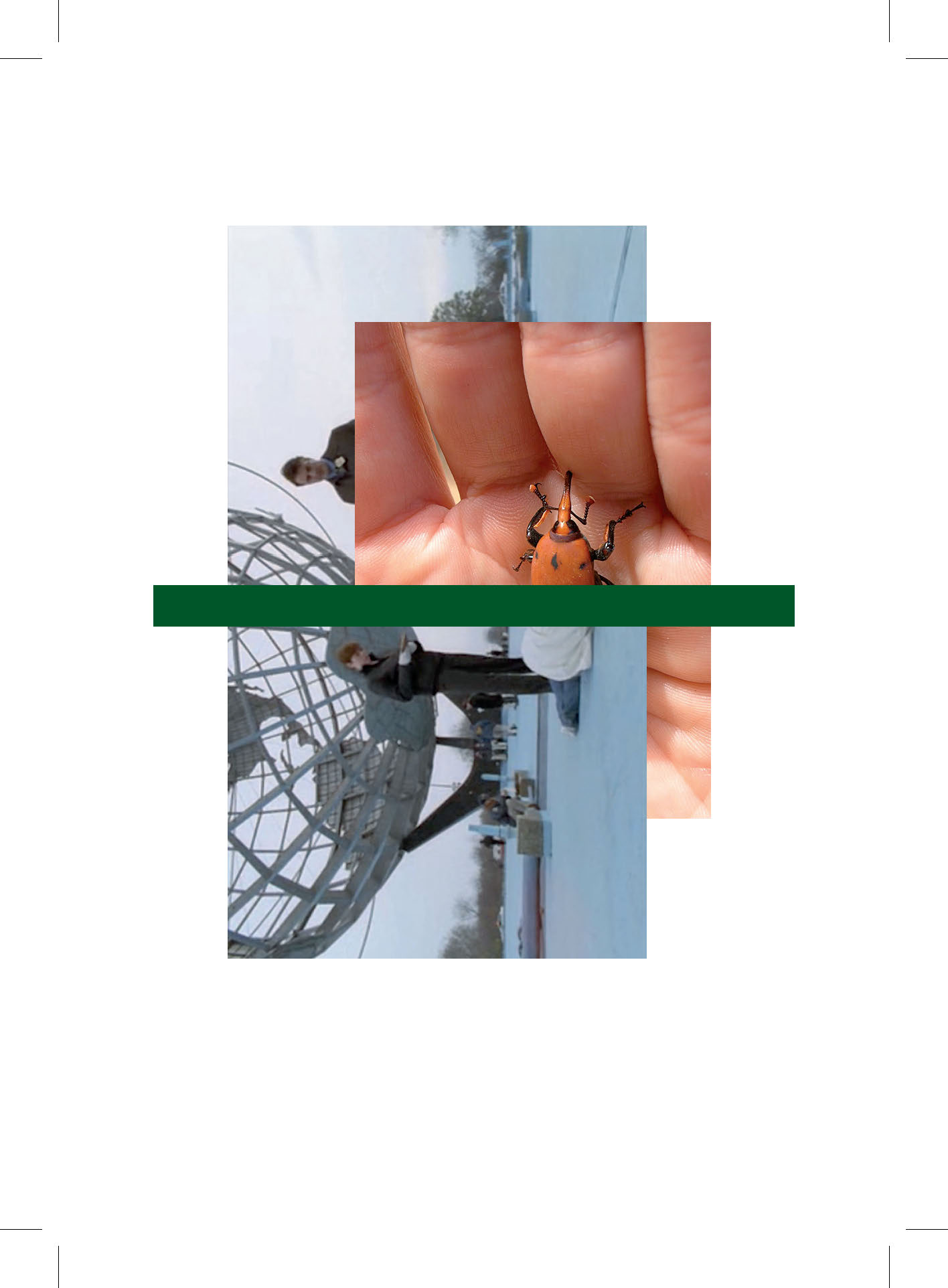
Some Kind of Nature, 2011
carton d'invitation
Glen Rubsamen, né en 1957 (USA).
Vit et travaille à Dusseldorf, Berlin et Rome.
Représenté par Mai 36 et Robert Miller.
Vit et travaille à Dusseldorf, Berlin et Rome.
Représenté par Mai 36 et Robert Miller.
Glen Rubsamen, né en 1957 (USA).
Vit et travaille à Dusseldorf, Berlin et Rome.
Représenté par Mai 36 et Robert Miller.
Vit et travaille à Dusseldorf, Berlin et Rome.
Représenté par Mai 36 et Robert Miller.
La Salle de bains reçoit le soutien du Ministère de la Culture DRAC Auvergne-Rhône-Alpes,
de la Région Auvergne-Rhône-Alpes et de la Ville de Lyon.
de la Région Auvergne-Rhône-Alpes et de la Ville de Lyon.







